A major perk that comes along with living in Arizona is the fact that the Grand Canyon, one of the great natural wonders of the known universe, is, like, right there, practically in your back yard. All you have to do is take a little drive, three hours or so from Phoenix, and there it is! That iconic view from the South Rim, a mile-deep gorge, eighteen miles across, filled with palaces of multi-colored stone, layers upon layers carved by wind and water, over millions of years, into fantastic, all but impossible towers and buttresses rippling off to the horizon. When the light is right, it’s utterly magical, and if you’re a photographer, and you manage to snag one of those perfect moments? You know it, when it happens, and you feel like the king of the world!
When you’re standing there at one of those famous lookout points, whatever the time of day, whatever the time of year, you also know, in your head, at least, that you’re only seeing a small slice of it. You know that there’s much, much more, to the east and the west and the north, but if you’re like most people, you’re satisfied nevertheless, because you’re really there, staring into the gaping maw of THE Grand Canyon, and it really is the ultimate landscape, like nothing else that’s ever been created by man or by nature.
There are trails leading down into the depths, but hiking those trails isn’t for everyone. People aren’t in shape, or they’re just not inclined, or they’re on a schedule, rushing off to the next overlook, the next meal stop, the next wondrous destination on their dream vacation. That doesn’t mean they have no interest in a closer look, so the Park Service has these antique binoculars on swiveling pedestals, strategically placed at all the viewpoints in and around the South Rim complex. You drop in a quarter or two, and for the next five minutes you can zoom in on the highlights with the exotic names—Vishnu’s Temple, Bright Angel Creek, Toroweap, and there, almost like an afterthought, is that sinuous dark ribbon at the very bottom—the Colorado River, which is the primary force responsible for all this grandeur. A river, flowing water born of melted snow in the Rocky Mountains, relentlessly carving its way through sandstone and granite and schist, carrying it away, over the eons, into the Pacific Ocean, like so many grains of sand.
If your timing is really right, you might even get a little thrill—a glimpse, however fleeting, of people riding that river in rubber rafts. Their numbers are strictly limited by a permit system, so the rafts don’t come by in a continuous parade. Like rare birds, they never fail to arouse a murmur of excitement among the tourists at the crowded lookout points. Little specks, that’s all the rafters appear to be, but you know they must be brave souls, because that land down there is rugged as hell, broiling hot in the summer, freezing cold in winter, as remote and unforgiving as the wildest place on the earth. And what’s worse, there be rapids on that river, monstrous potboiler rapids that are famous throughout the world for smashing boats and men against the sharp rocks and sheer walls of the inner gorge of the Grandest Canyon of them all. Who in their right mind would willingly pit themselves against such forces? Who, indeed.
I’m a native of the Grand Canyon State, a born and bred aficionado of the desert southwest, so I HAVE done a bit of hiking down there. Mostly day trips, and never all the way to the bottom–because of the simple fact that the farther down you go, the tougher the climb back up, and I’ve always been more interested in having fun than in proving myself. All of that said, I’ve always felt a special bond with the Grand Canyon. I’m more than just another body in the billowing herd of tourists—I’m an insider, someone who KNOWS the canyon, knows it from more than one perspective. I’ve hiked down to the beautiful blue-green waterfalls on Havasu Creek, I’ve seen the somewhat more exclusive views from the less-traveled North Rim, and I’ve experienced Canyon Country in winter, when clean white snow crowns the multi-hued rocks and cloaks the pines, and the only sound you hear is the keening of the wind.
What I came to discover, earlier this summer, is that none of that stuff means spit when it comes to knowing the Grand Canyon. To really know the canyon, you have to get seriously intimate with it, up close, in the depths, on that river. Only on the river can you really see, hear, feel, and taste the canyon. The colors and hues that shift through the day, the ebbing and flowing of the blue-black shadows, the impossibly bright sky, the lapping of the waves eating away the rocks, the crescendo of the rapids, the wind whistling through the labyrinthine corridors of stone, the heat, the cold, the wet, the dry, the fine sand that invades every crease and crevice until it permeates your very soul.
To travel the whole length of the canyon, all 280 miles of it, takes a significant amount of planning. This is not an undertaking for the unprepared, certainly not for the timid or the faint of heart, and it’s not something that you could ever do on a whim. Matter of fact, if you’re not already an experienced river-runner, or a totally fearless idiot savant, you have no business even contemplating the trip without first engaging the services of a river guide. The people who drive those boats down that river, be they oar boats, kayaks, dories, or motorized pontoon rafts, those people are a special breed. This is not a profession in the usual sense—it’s a calling, a passion, almost a religion. The good ones are all but omniscient in their knowledge of the canyon and its many joys and perils. They know what lies around every spectacular bend, and they can read the currents and eddies the way a stock trader reads minute fluctuations in the market, the ebb and the flow. They know where and when to pull in, where to go and where not to go, the history, the geology, and the location of the hidden treasures. Most important of all: they know those rapids like the backs of their hands.
There are 100 or more named rapids on this stretch of the Colorado, ranging from riffles that might or might not splash you on the knee to the roiling Class 10 monsters like Lava Falls and Crystal. Those big guys? You hear them before you see them. A low rumbling in the distance that builds to a roar. Then come the whitecaps on the water ahead, a visible stair-step drop in the level of the river, and then a quickening of the pace when the boatman commits at the point of no return.
“Two-hander!” comes the call from the stern, and that’s all the preparation you’re gonna get. You find a rope, any rope, and you grab on with both hands for all you’re worth. The river boils like the North Sea in a gale, great, rolling green waves and troughs. The raft plummets sideways into a hole fifteen feet deep, the outboard motor shrieks, a monster wave towering ten feet above your head comes crashing down across the deck, pummeling the passengers like a gigantic liquid fist that takes your breath away, leaving you suspended, time stopped, frozen in mid-scream. The instant you’re clear, and gasping for breath, a second wave slaps you in the teeth, then comes a third, while the big raft kicks and bucks like a rodeo bull. Your companions hoot and holler from a rare combination of terror and exhilaration, because you simply can’t run the Hermit with your mouth closed, even though having it open means swallowing a gallon of river water and a half a pound of sand. One rapid follows another in an endless continuum, until the experience becomes—almost—routine.
After a few days on the river you fall into a rhythm. The outside world fades in the distance, and you’re living in the here and now, intensely aware of everything that’s going on around you. You’re not comfortable. This is not a pleasure cruise. You’re hot, you’re wet, you’re thirsty, you’re filthy, you’re sunburned, you’re tired—and at the same time, you’re more completely alive than you’ve been in years, surrounded by beauty on every side.
There comes a point when you’ve had enough, and you can hardly wait for it to end, so that you can get back to the familiar world of air conditioning and showers, flush toilets, and ice cold beer. And yet, at the same time, there’s a part of you that wishes it would never end, that your life could simply become this journey through magical landscapes of billion year old stone, where every day is unique, and every experience is new.
The Grand Canyon will challenge you, the river will change you, in ways that are both subtle and profound. As for me, I feel reborn, and renewed. When I returned home afterward, drained and exhausted, I hit my bed, my own comfortable bed, and I laid there awake, eyes wide, for the longest time, with every cell in my body quivering. I imagined the limitless field of stars overhead, the magnificence of the Milky Way spanning the horizon like a river of light, and I imagined the Colorado, endlessly rumbling its way toward the sea, eating away at the ancient rocks, making a cosmic mockery of the works of man, washing away our most durable worries and cares–like so many grains of sand.
–©Rick Quinn, June 2013
The photo collage below has an assortment of my favorite photos from my Grand Canyon river trip.
Click any of the images to expand them to full screen.
(Unless otherwise noted, all of these images are my original work, and are protected by copyright. They may not be duplicated for commercial purposes.)
Read the Whole Adventure:
This is an interactive Table of Contents. Click the pictures to open the pages.
A Grand Adventure! White Water Rafting on the Colorado River
Grand Canyon Rafting Expedition: Day 1
The two rafts were shoved away from the beach until they floated free, and the boat drivers eased them into the middle of the channel. We were mostly moving with the current, but the beach dropped behind us pretty quickly, and in a matter of minutes we were out there, rafting down the Colorado River, heading squarely into the enchanted depths of the Grand Canyon...
<<CLICK to Read More!>>
Grand Canyon Rafting Expedition: Day 2
The cliffs and buttes were a perfect composition, the different colored layers of stone were all but glowing in the afternoon light, and we had this incredible world all to ourselves, not another boat in sight.
<<CLICK to Read More!>>
Grand Canyon Rafting Expedition: Day 3
The waters of the Little Colorado are a turquoise blue that is so startlingly bright it doesn't even look real. There’s a well-defined spot where that warm, turquoise blue water from the small river collides with the cold, deep green water flowing upstream from the big river. The two dramatically different colors mix, forming a shifting, swirling line of chartreuse. That spot is the confluence. It's magical, and utterly unique.
<<CLICK to Read More!>>
Grand Canyon Rafting Expedition: Day 4
I was still a little dazed by the whole thing, scenes of frothing, churning whitewater playing over and over in my head. Fleecy white clouds were piling up above the canyon rim, nearly filling the narrow patch of sky, until the lowering sun set them afire, a Grand Canyon sunset display that was the finest we’d seen, worthy of the spectacular setting. A fitting end to one of the most amazing days of my life.
<<CLICK to Read More!>>
Grand Canyon Rafting Expedition: Day 5
The trail meandered for a mile or so, finally dropping down level with the creek, giving us access to a series of perfect swimming holes. There’s something about that exotic turquoise water that welcomes swimmers--you have to get in it, if only to assure yourself that it’s real. The creek was cool, but far from cold, and a welcome change from the icy water in the river. We stopped at a particularly inviting spot to swim, relax, and eat our lunch. Sitting beside that creek, with our simple repast--it was like having a picnic in the Garden of Eden.
<<CLICK to Read More!>>
Grand Canyon Rafting Expedition: Day 6
“Two Hander!” John called out rather gleefully, and we all clung to the ropes for dear life as the raft picked up speed. We were headed straight for the boil of Lava Falls, which was roaring like a freight train, bearing down. We entered the churning whitewater pretty much dead center, then moved hard to the right to avoid the standing waves and the big holes in the middle of the channel. We got good and drenched at least three times, almost like running under a series of waterfalls, bucking and lurching like crazy, but the whole thing was over in less than a minute.
<<CLICK to Read More!>>
Grand Canyon Rafting Expedition: Day 7
Immediately below that beach we hit Diamond Creek Rapid, then Travertine Rapid, where we pulled over to the bank at Travertine Canyon. The creek that entered the river here flowed across huge, slippery boulders in a series of small waterfalls, and we had great fun taking turns standing in the flow, almost like a natural shower.
<<CLICK to Read More!>>
Grand Canyon Rafting Expedition: Day 8
The river broadened as we approached Lake Mead, and at mile 278 we entered the lake itself. Pearce Ferry was right there, and we were all pretty quiet as the rafts pulled in to shore for the last time. “Thrill of a lifetime” is a pretty strong statement, but it’s appropriate for this journey. There’s nothing else like it.
<<CLICK to Read More!>>
Grand Canyon Rafting
You find a rope, any rope, and you grab on with both hands for all you're worth. The river boils like the North Sea in a gale, great, rolling green waves and troughs. The raft plummets sideways into a hole fifteen feet deep, the outboard motor shrieks, a monster wave towering ten feet above your head comes crashing down across the deck, pummeling the passengers like a gigantic liquid fist that takes your breath away, leaving you suspended, time stopped, frozen in mid-scream.
<<CLICK to Read More!>>
There's nothing like a good road trip. Whether you're flying solo or with your family, on a motorcycle or in an RV, across your state or across the country, the important thing is that you're out there, away from your town, your work, your routine, meeting new people, seeing new sights, building the best kind of memories while living your life to the fullest.
Are you a veteran road tripper who loves grand vistas, or someone who's never done it, but would love to give it a try? Either way, you should consider making the Southwestern U.S. the scene of your own next adventure.
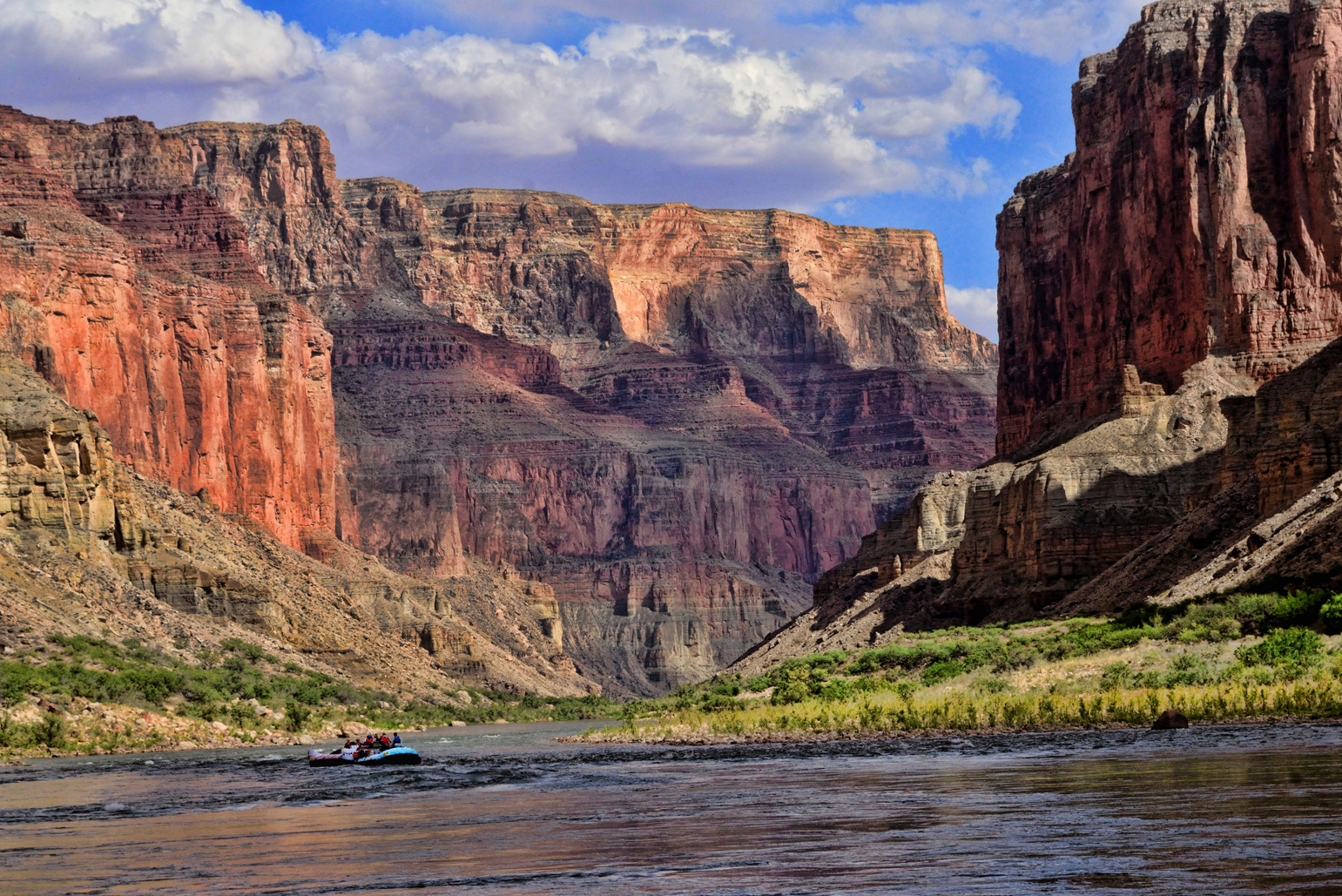
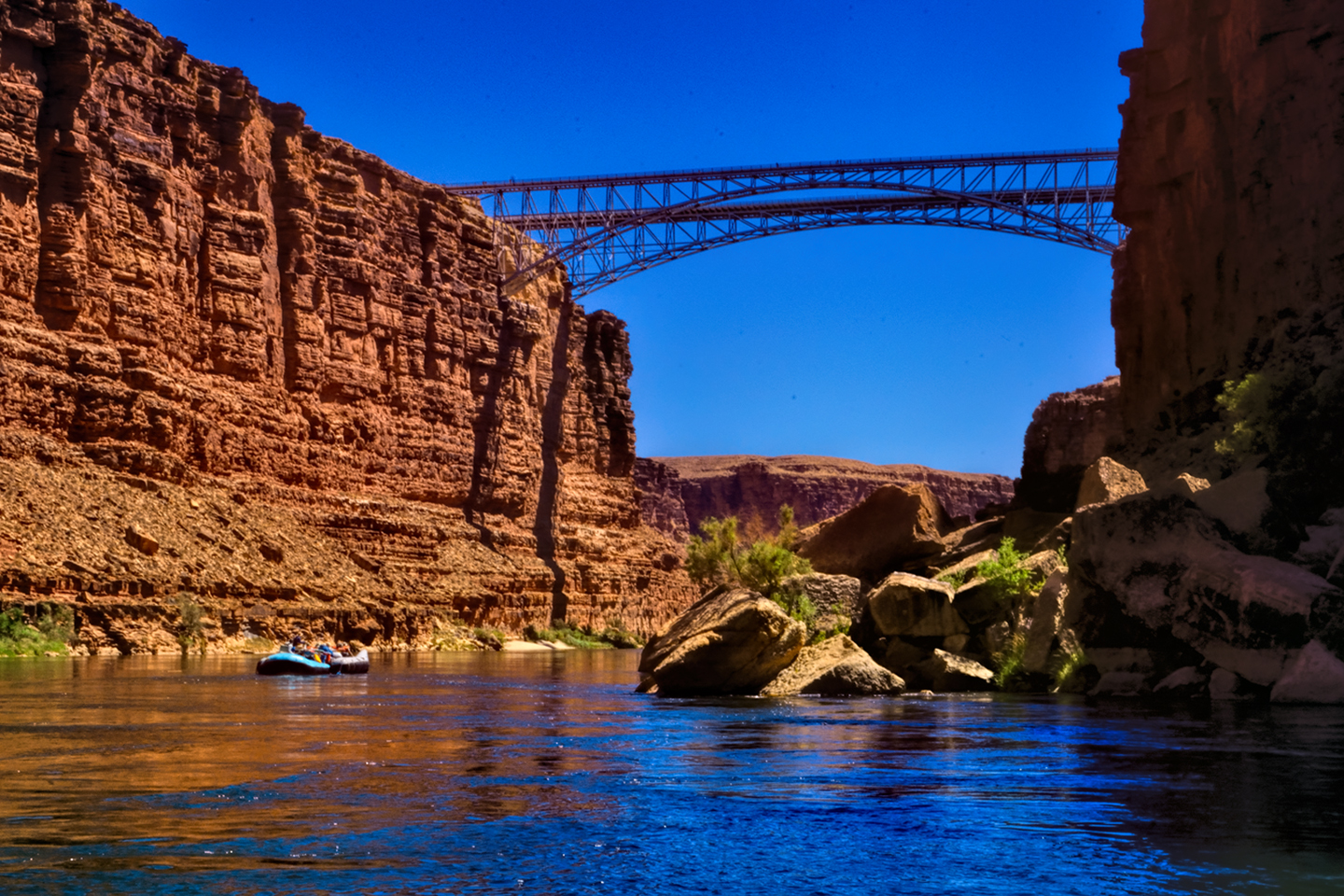
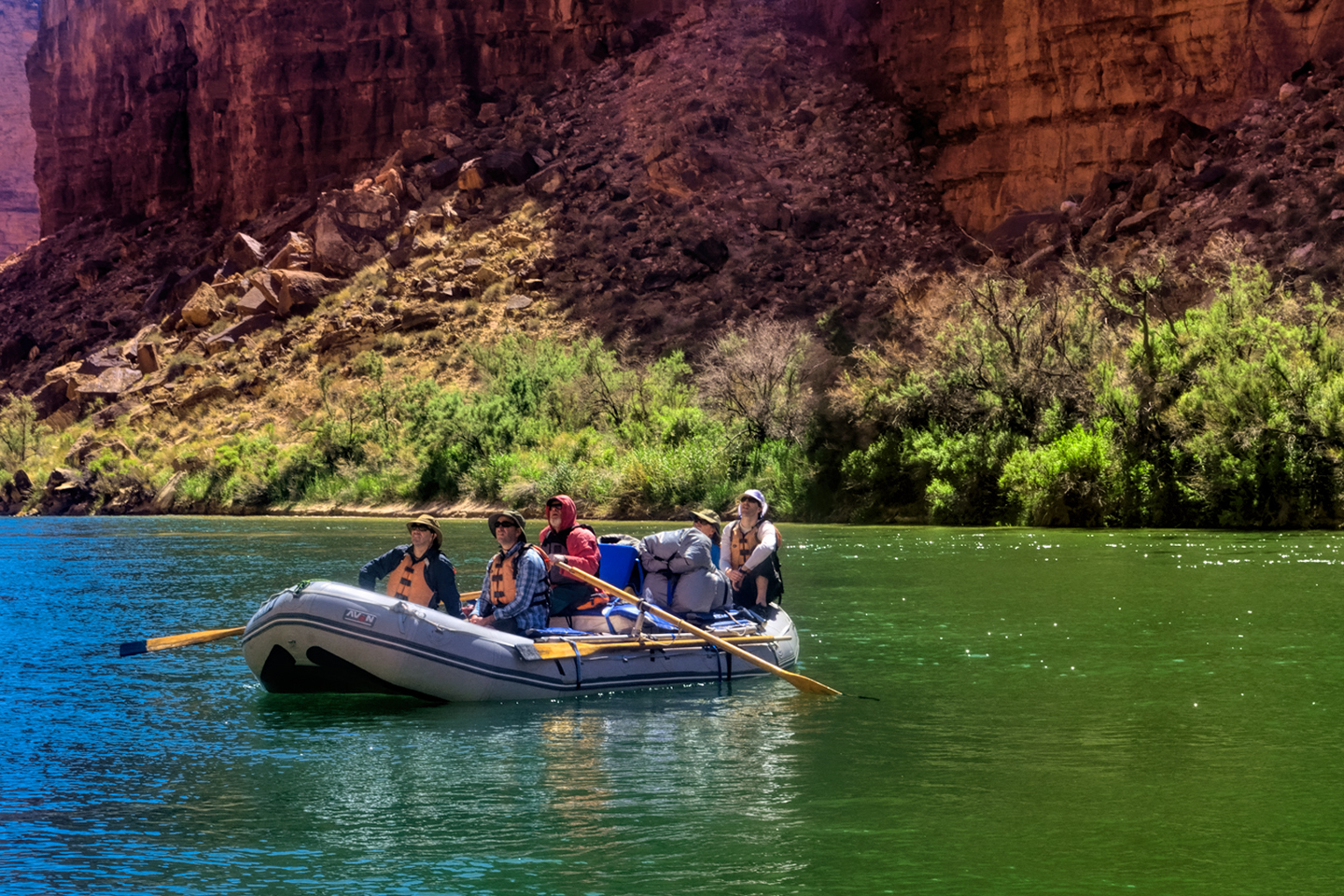
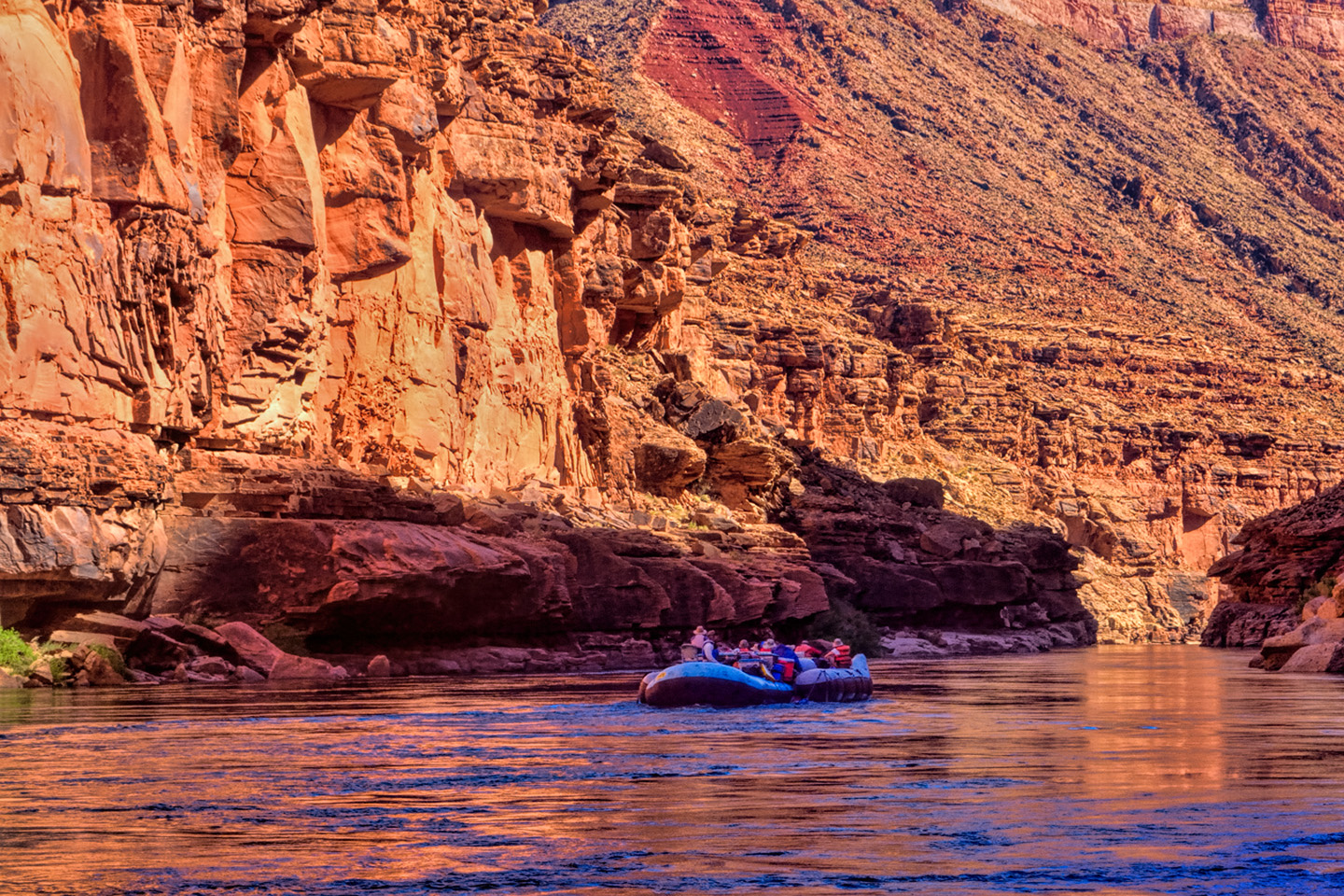
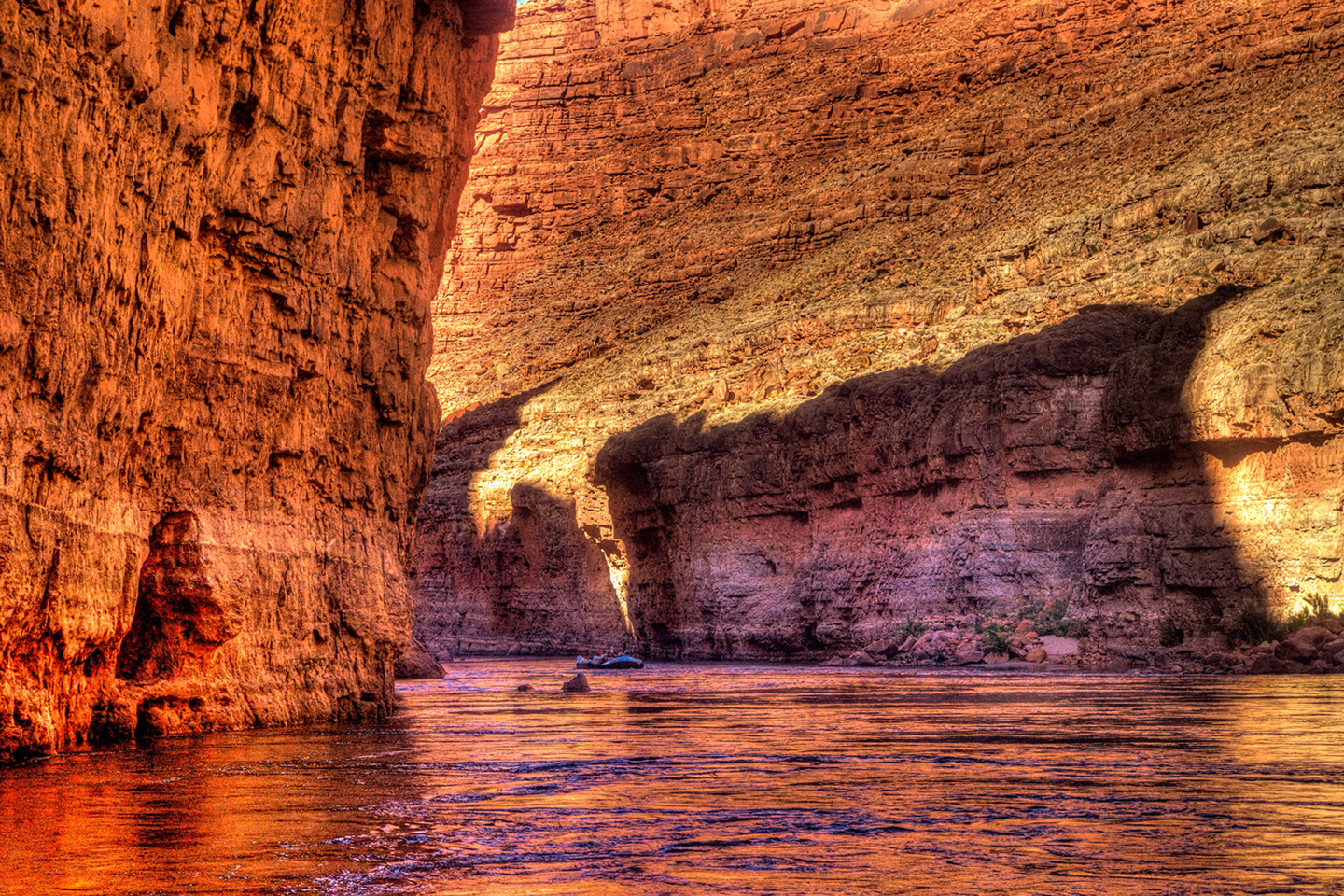
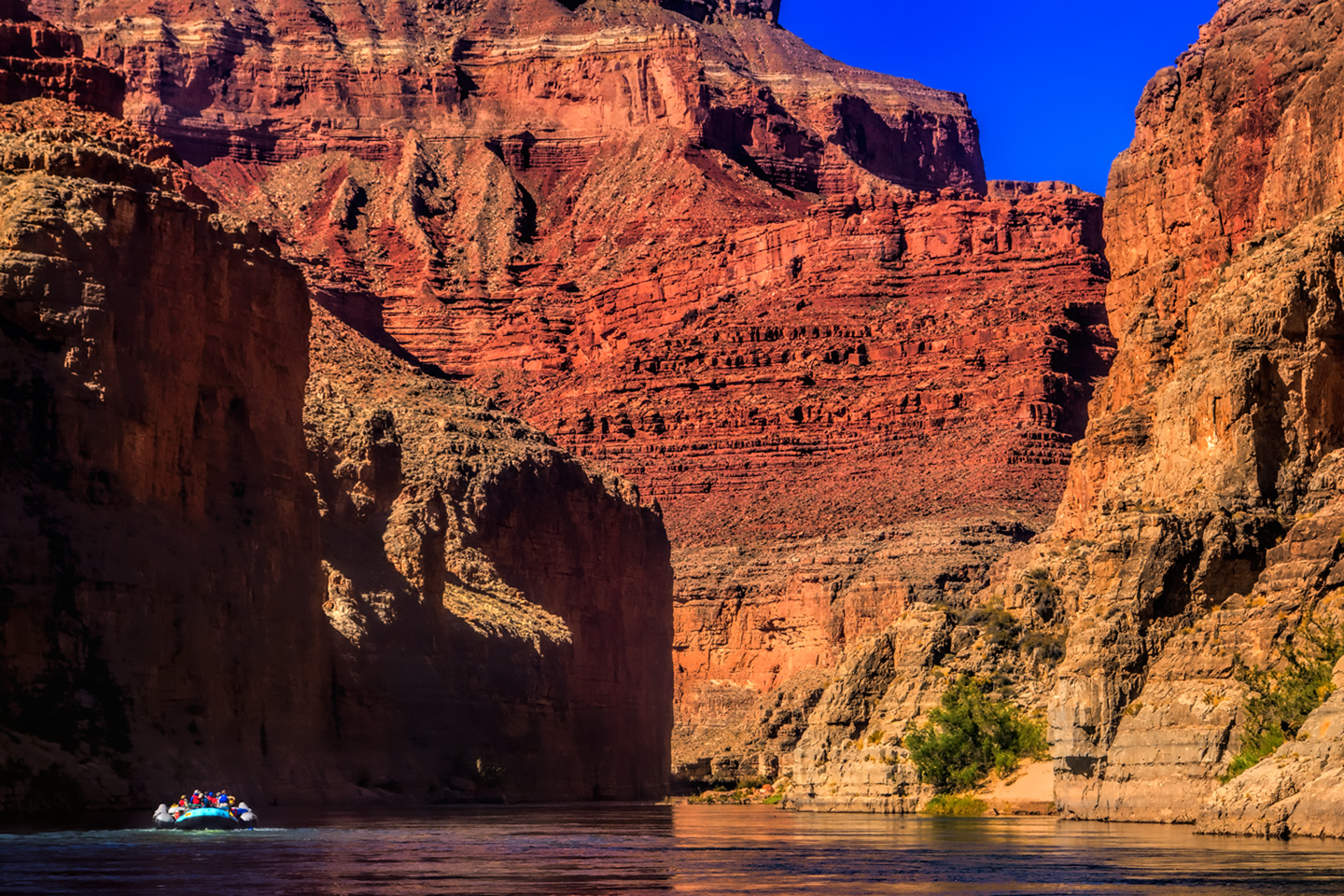
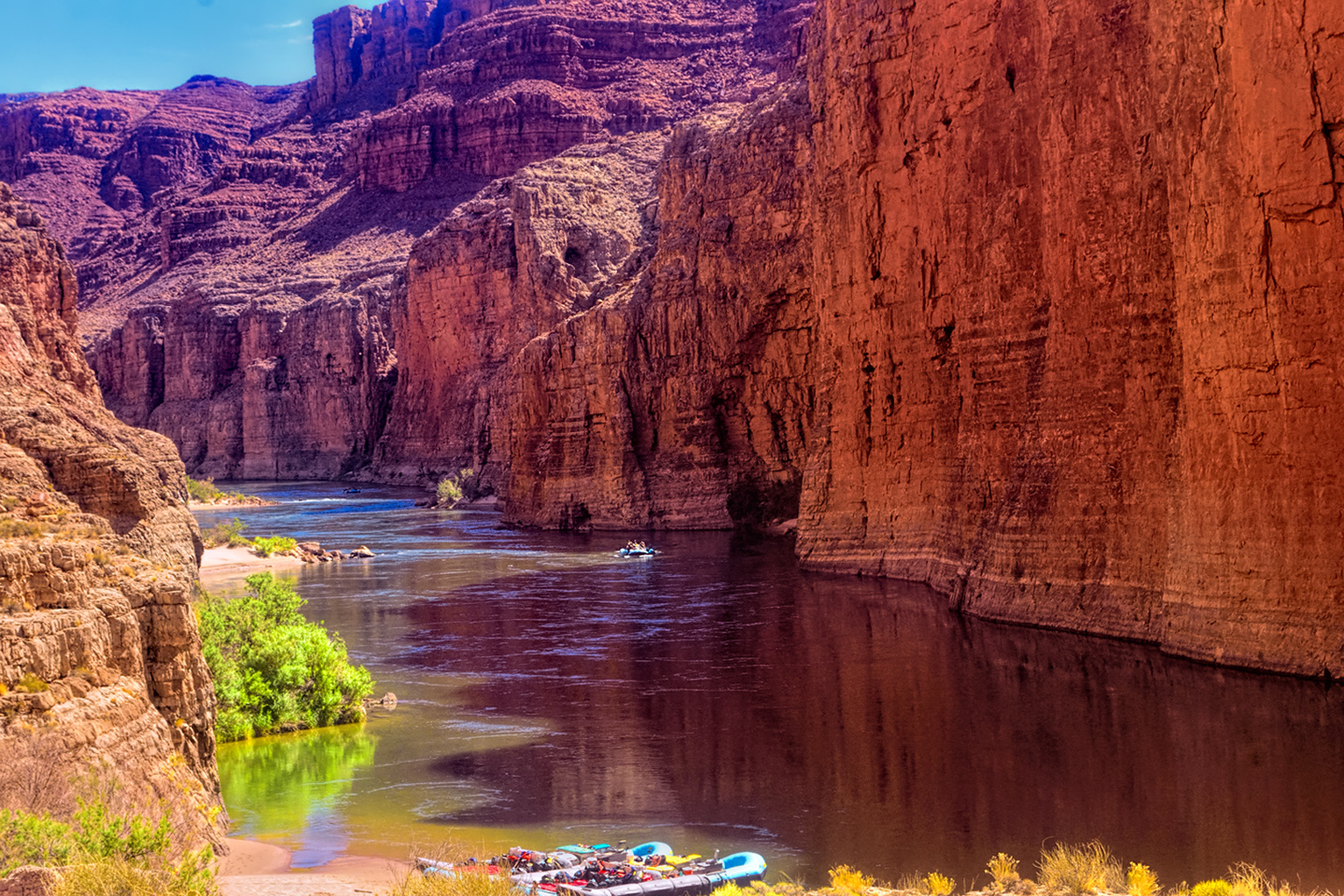
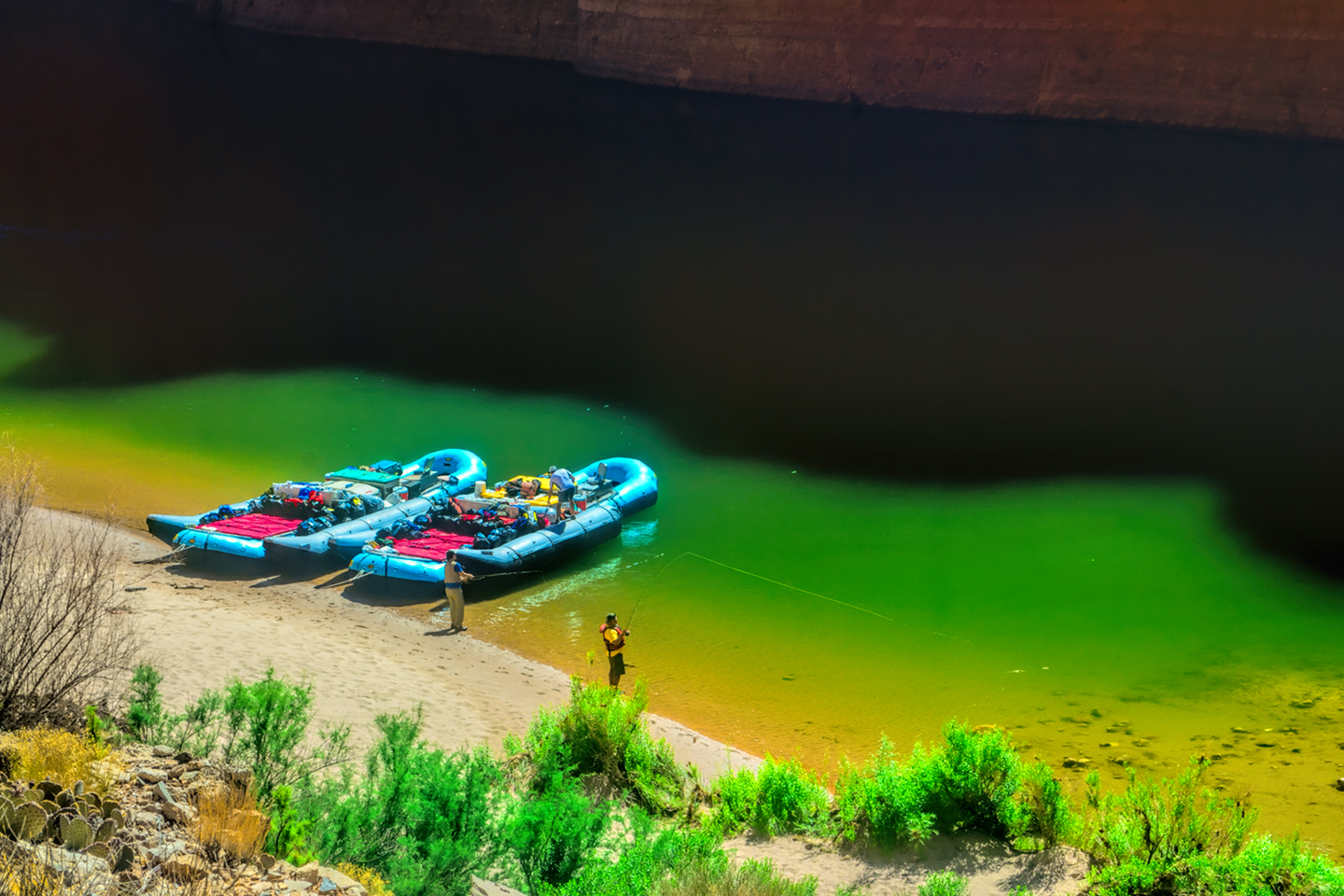
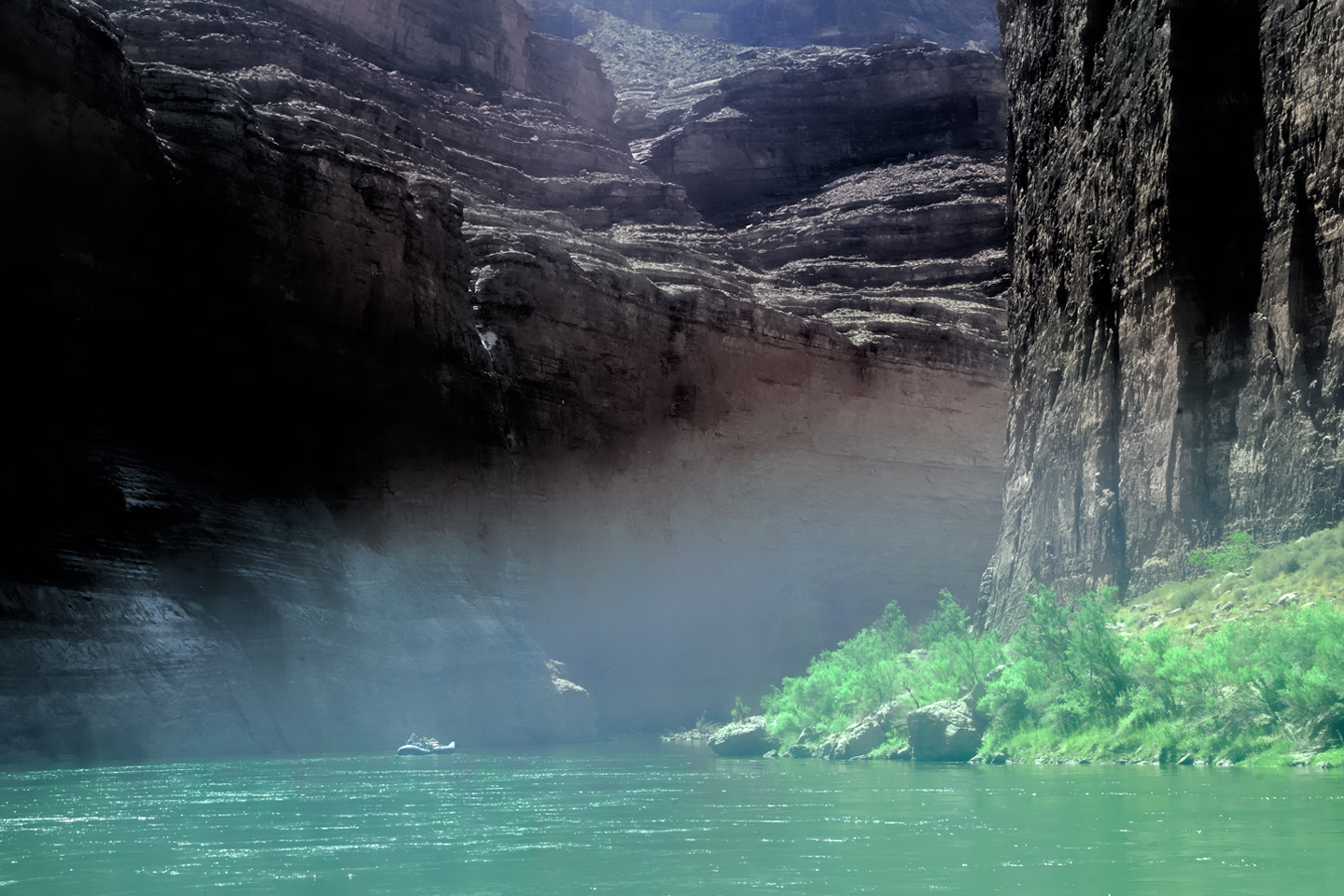
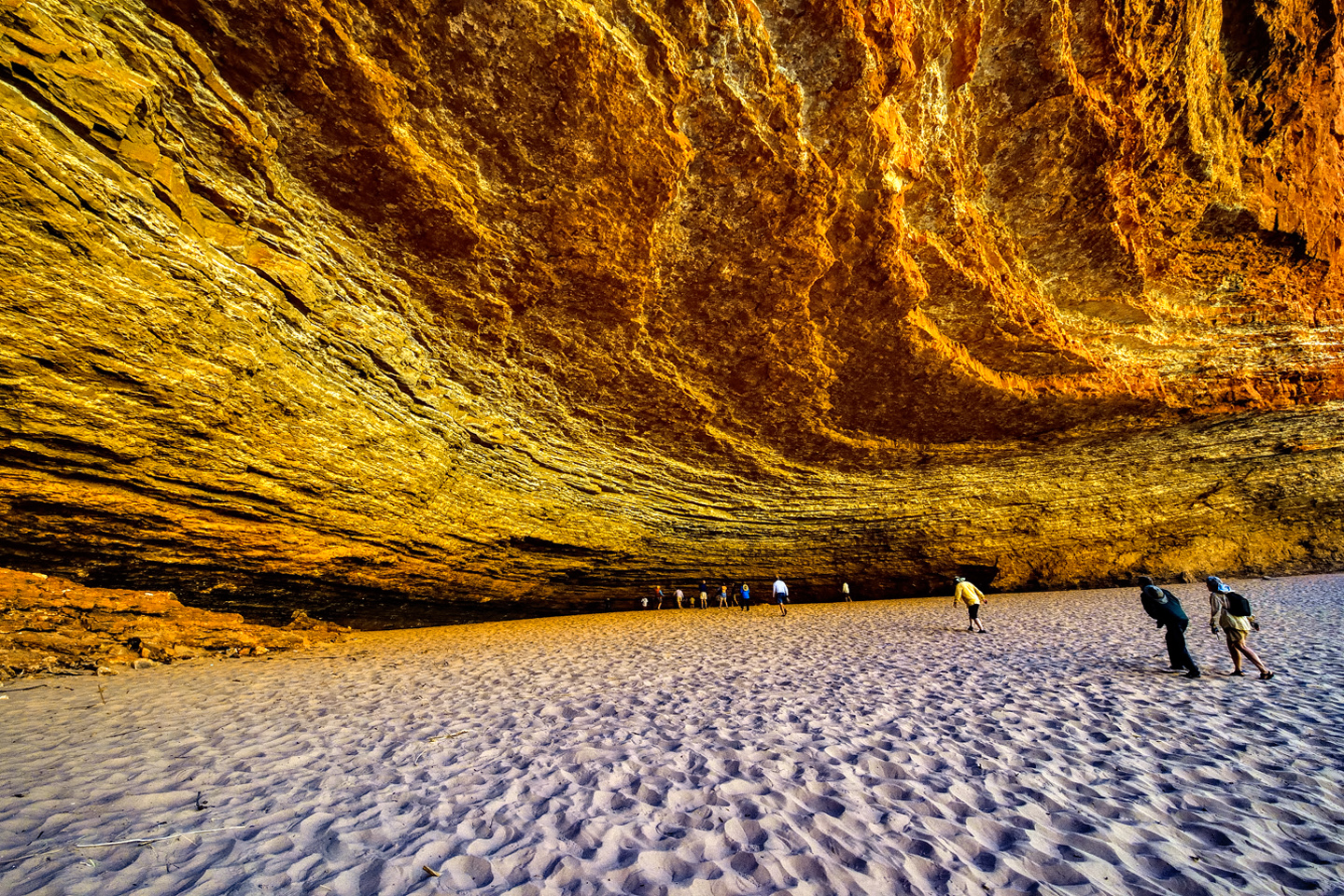
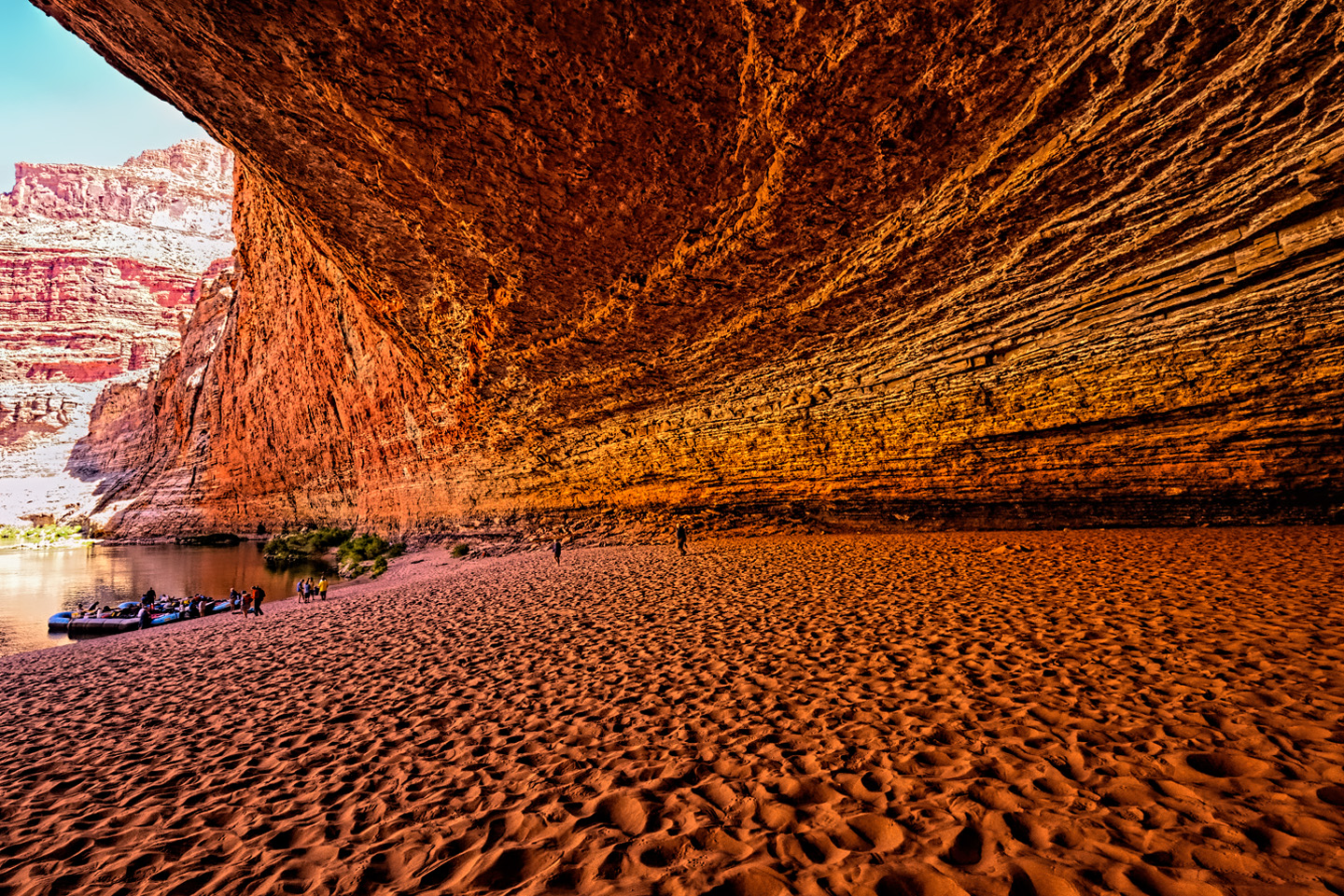
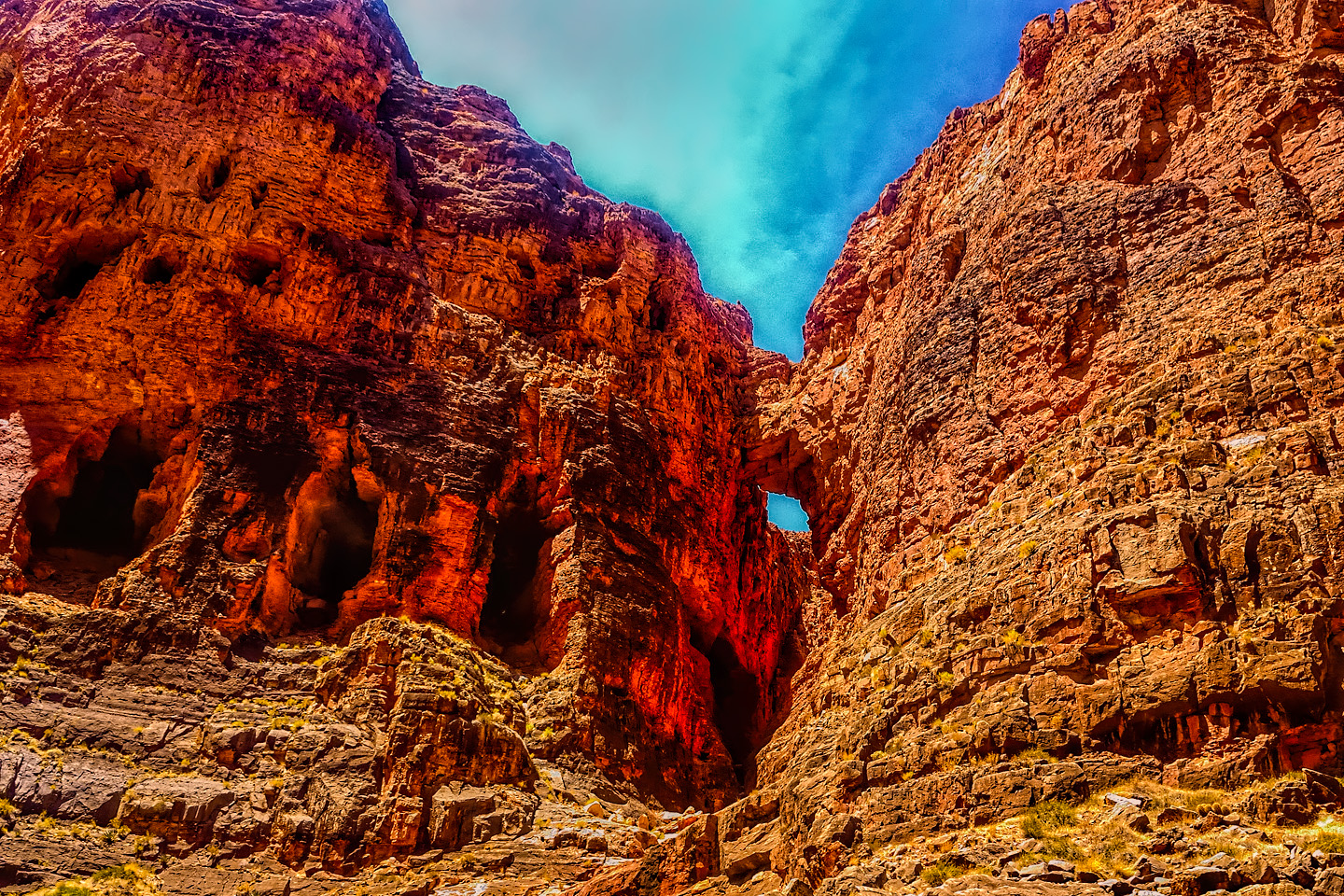
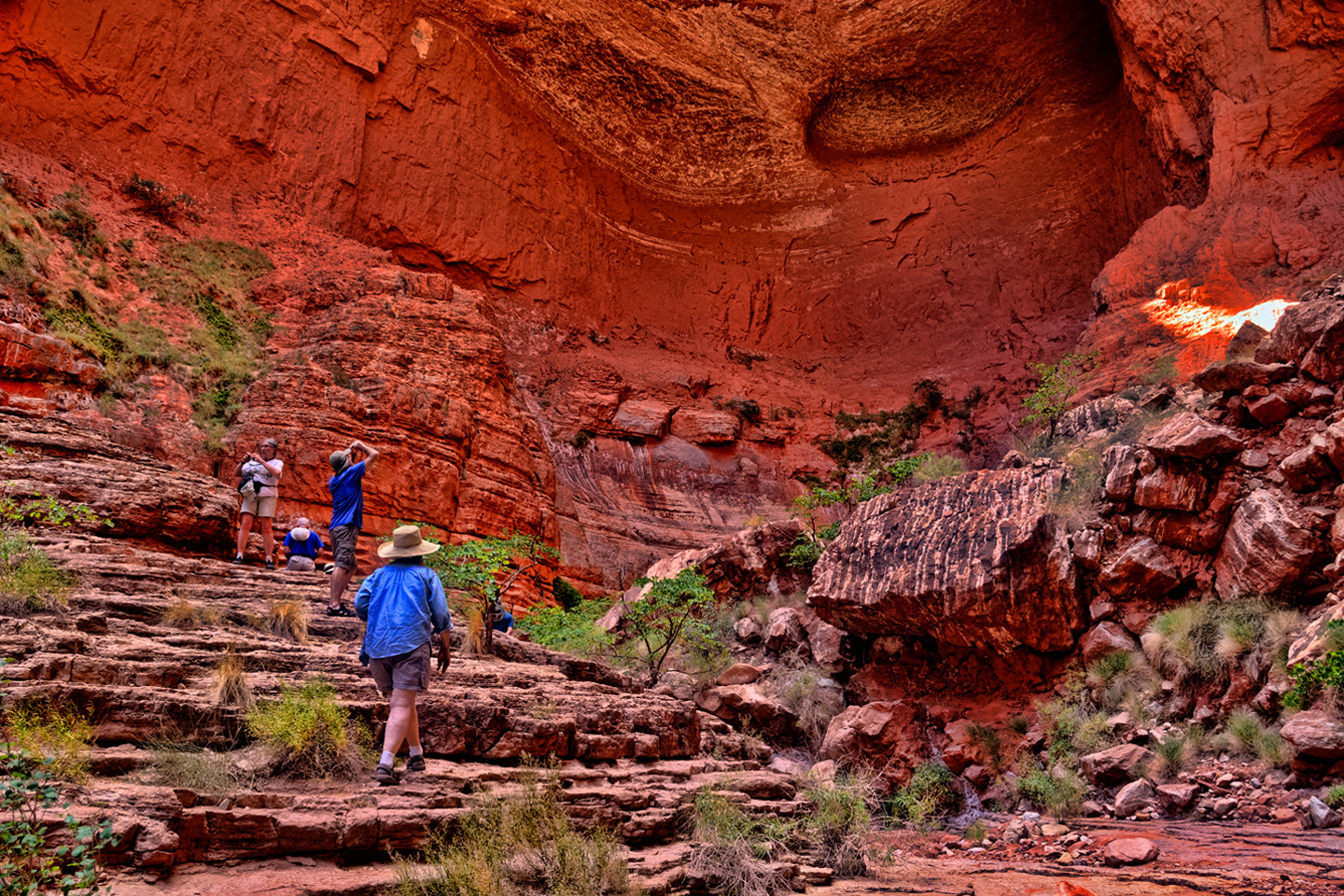
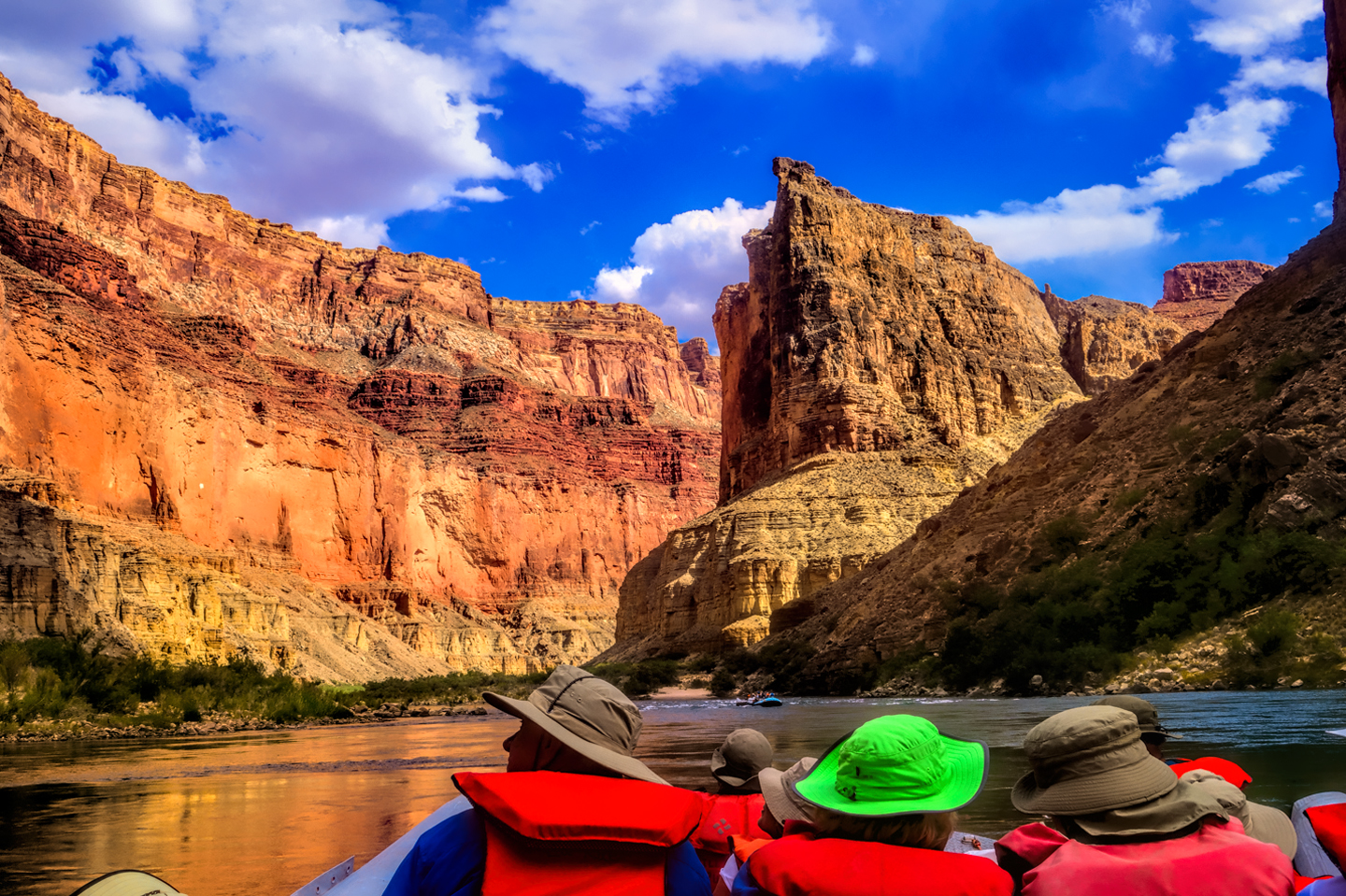
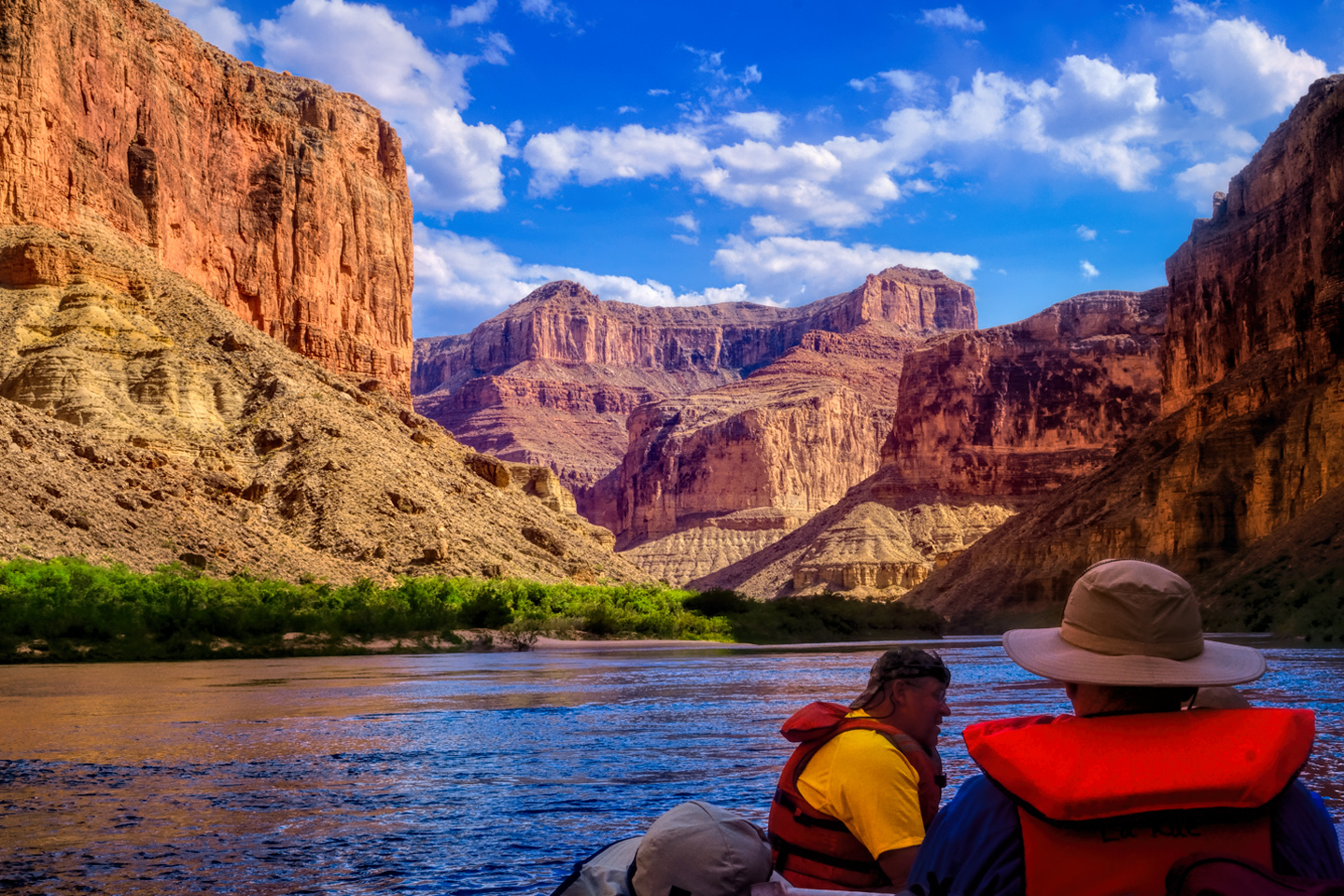
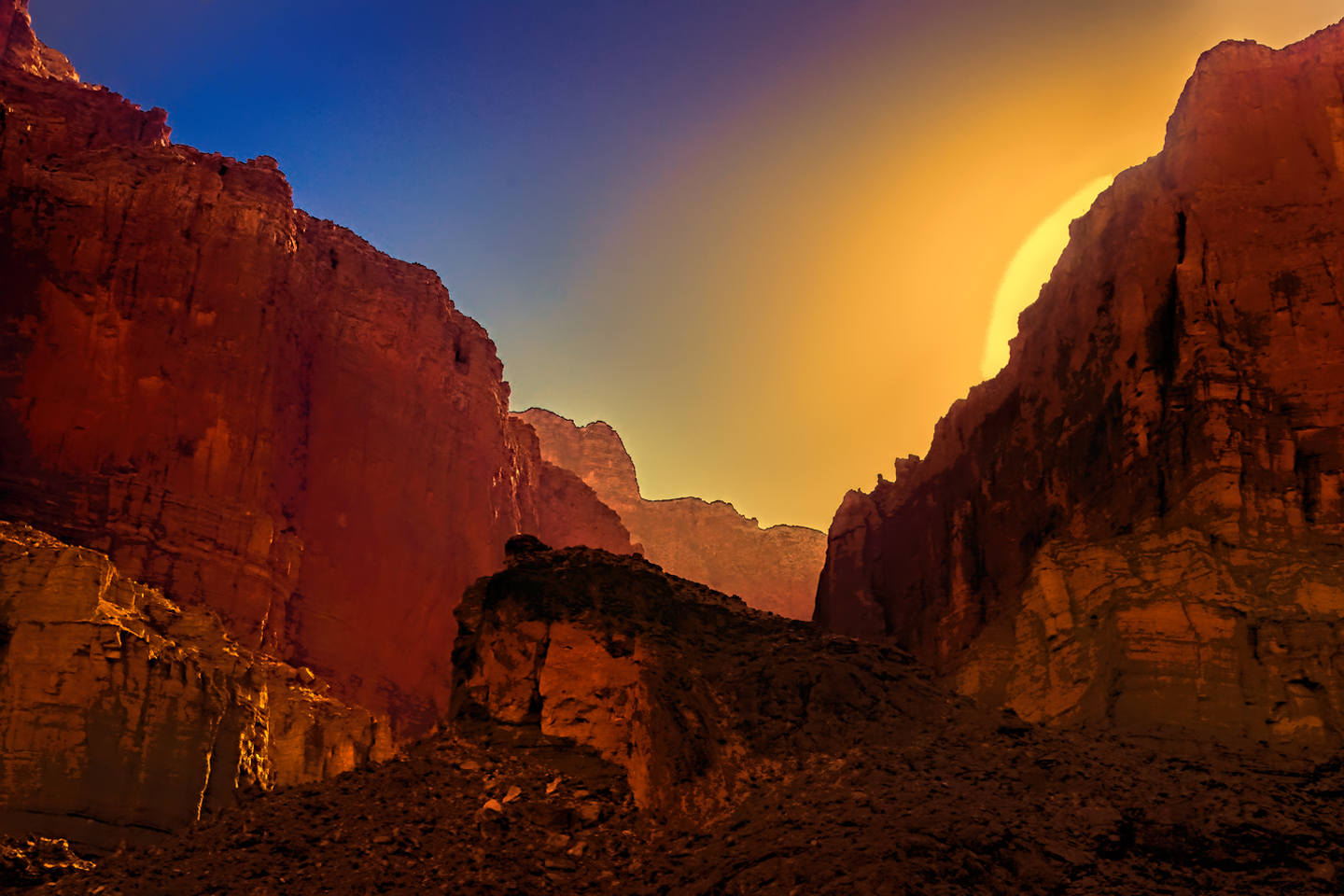
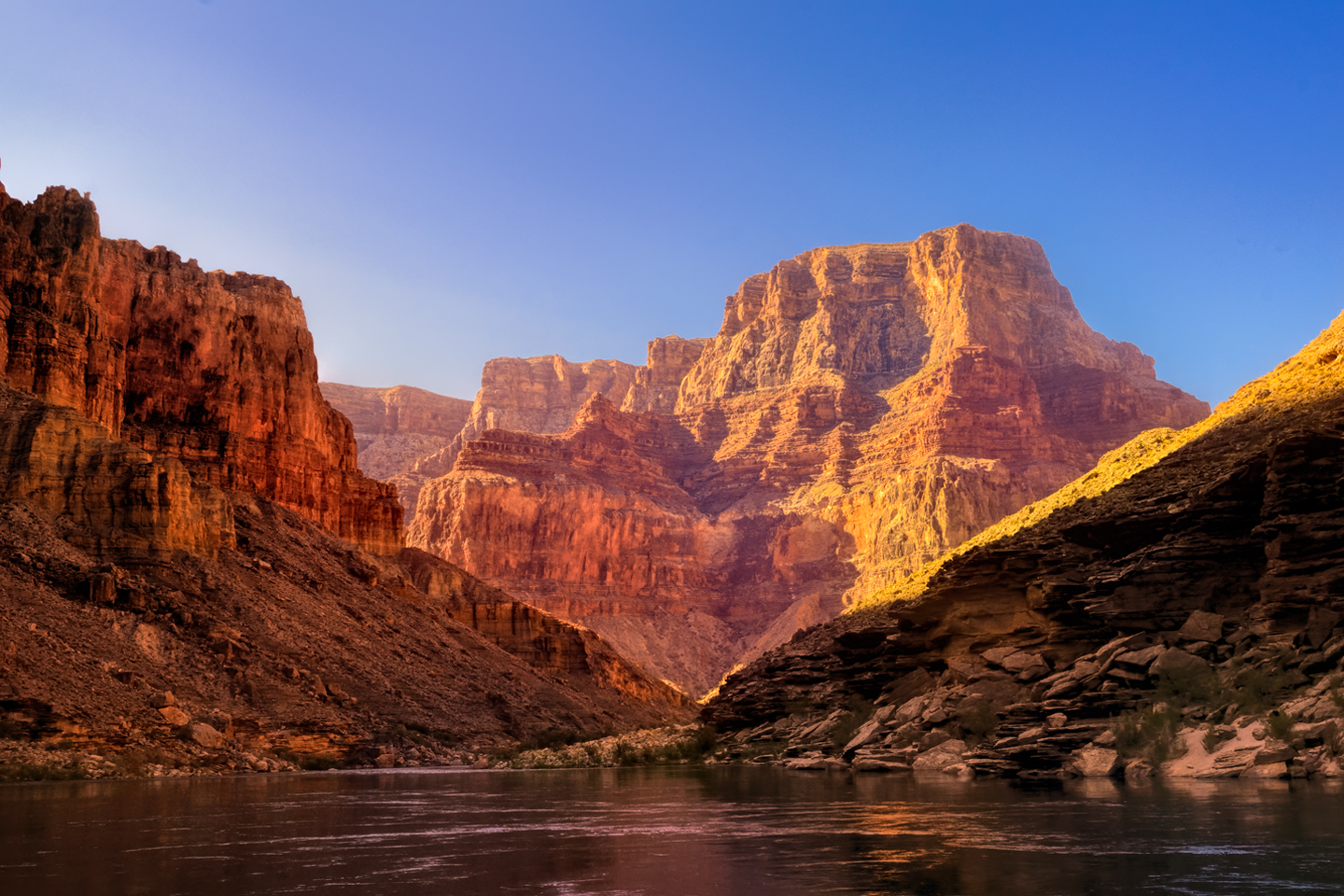
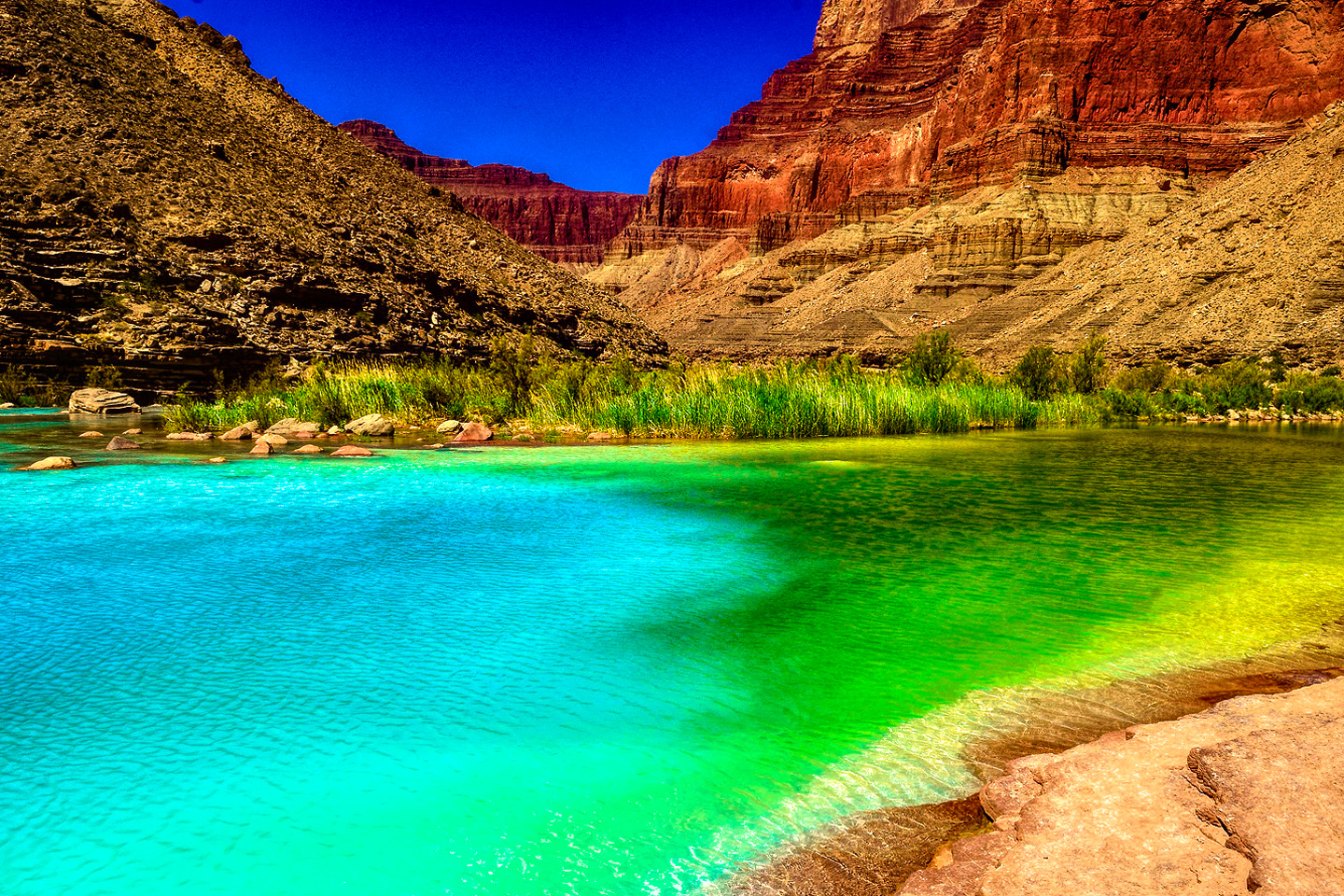
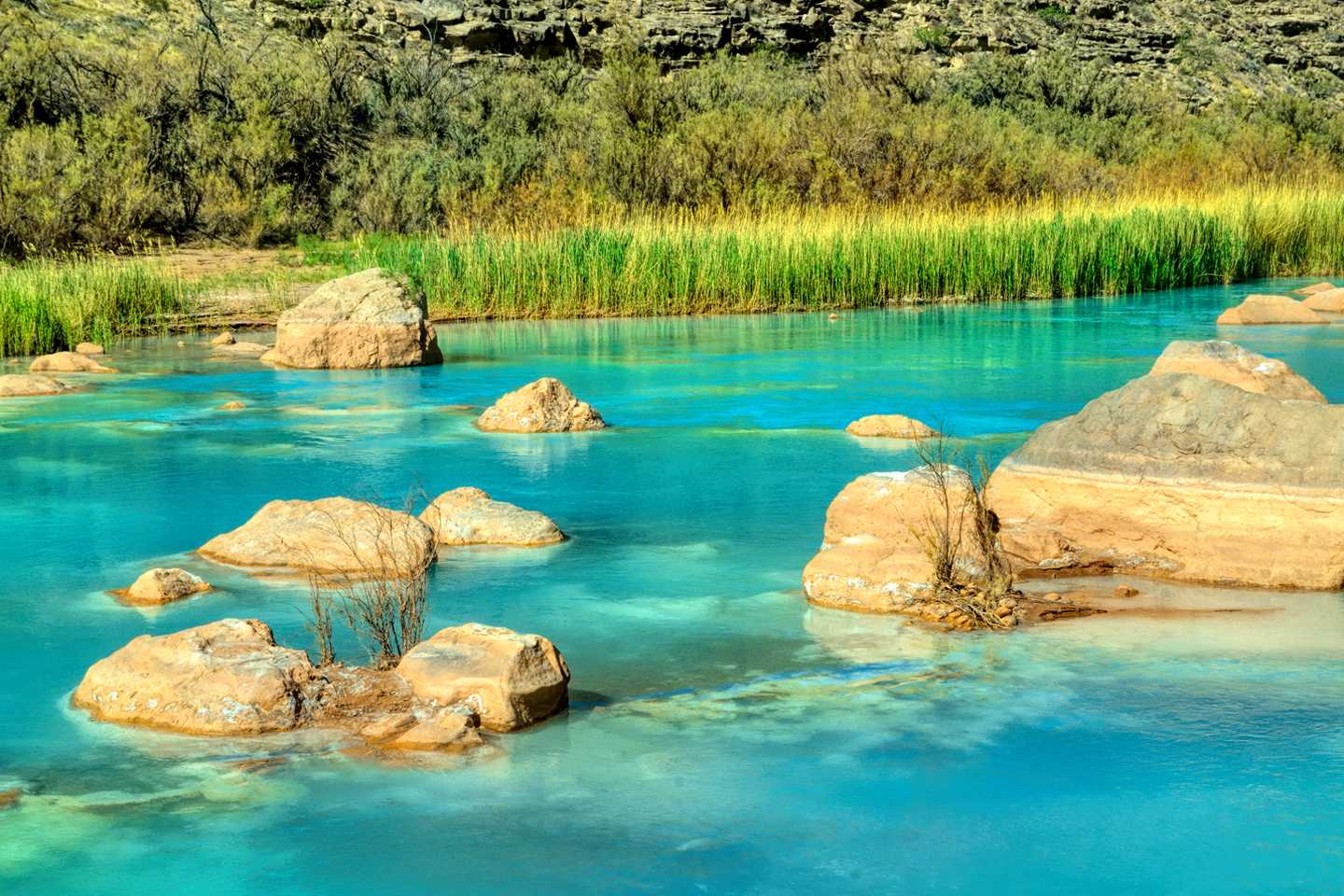
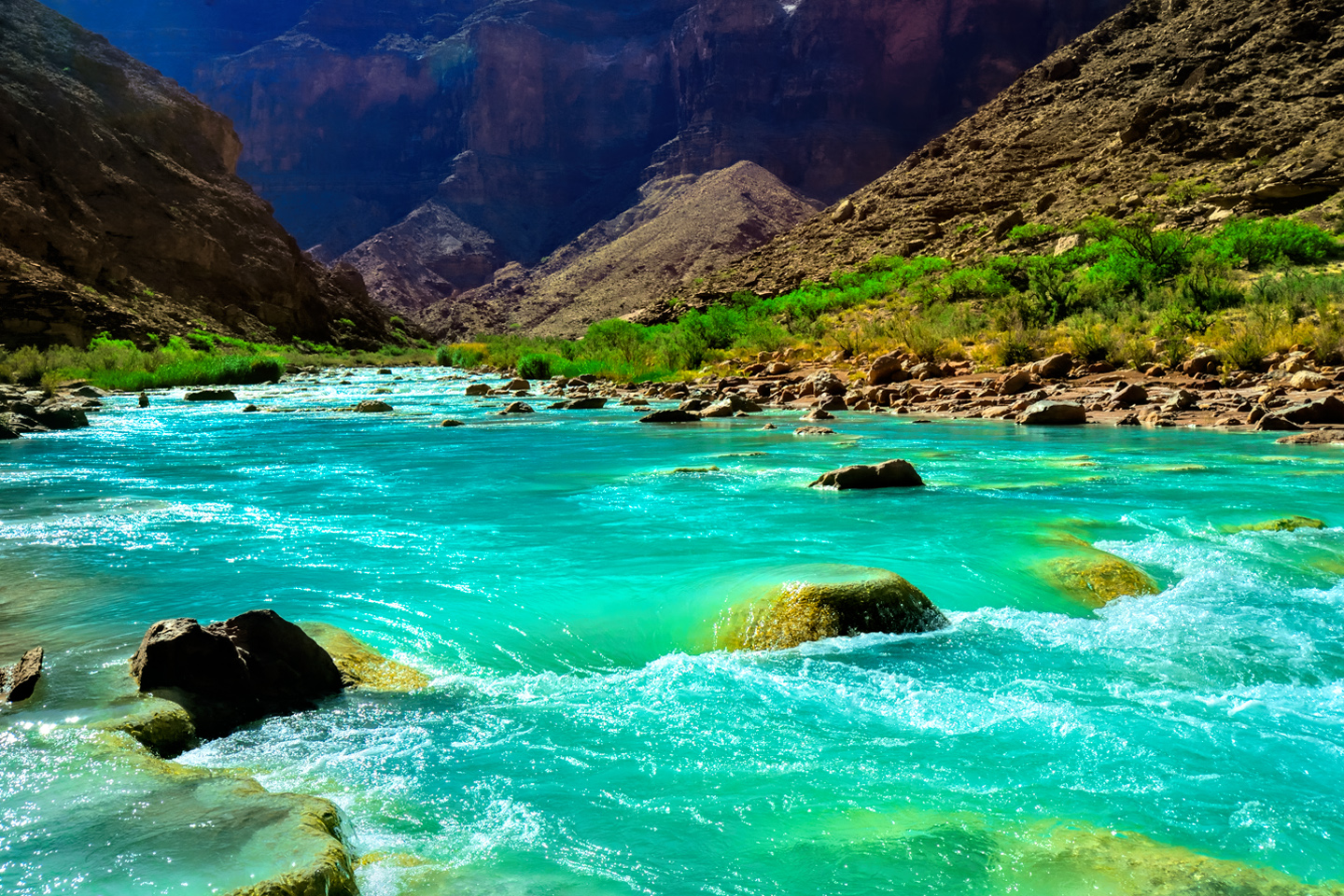
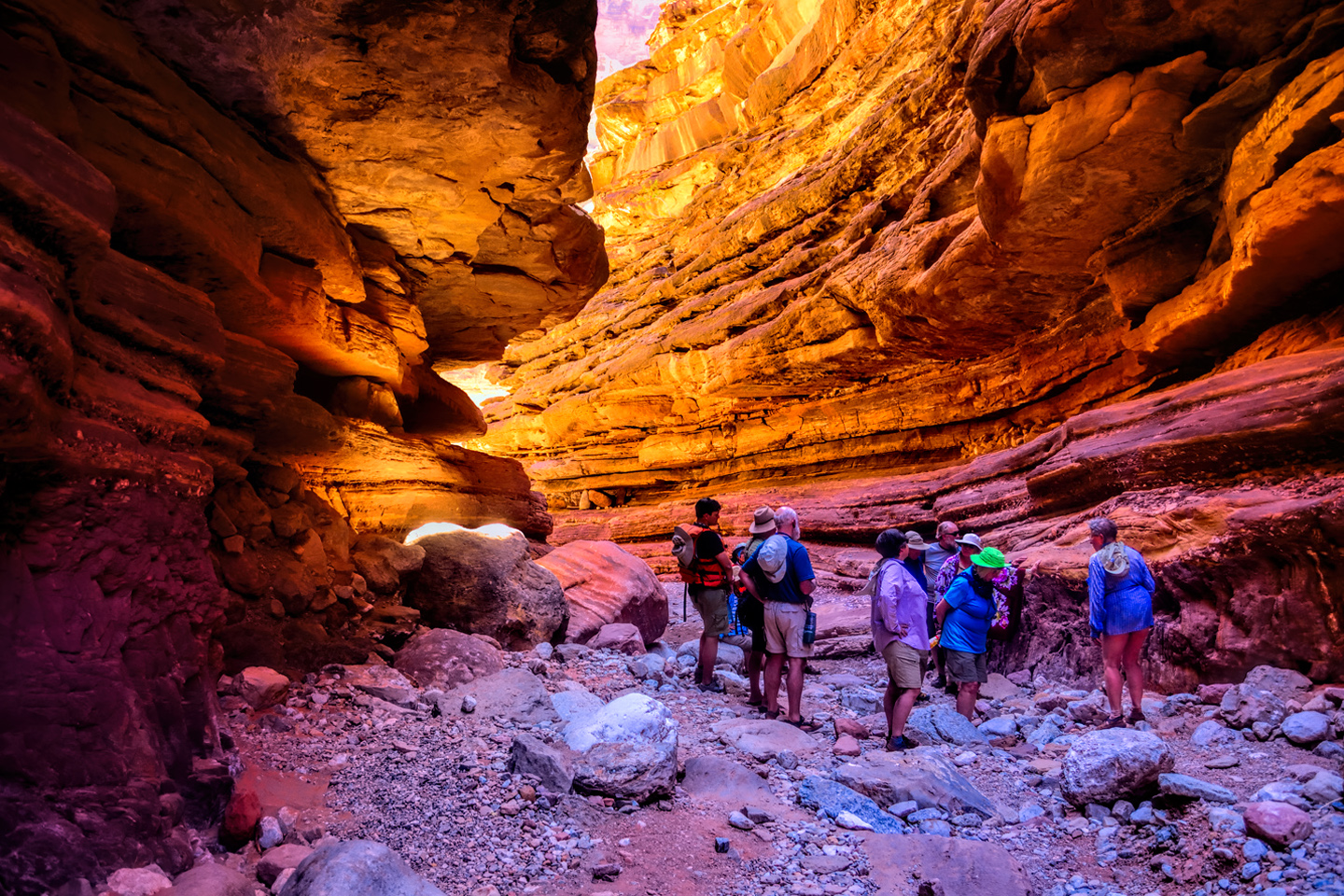
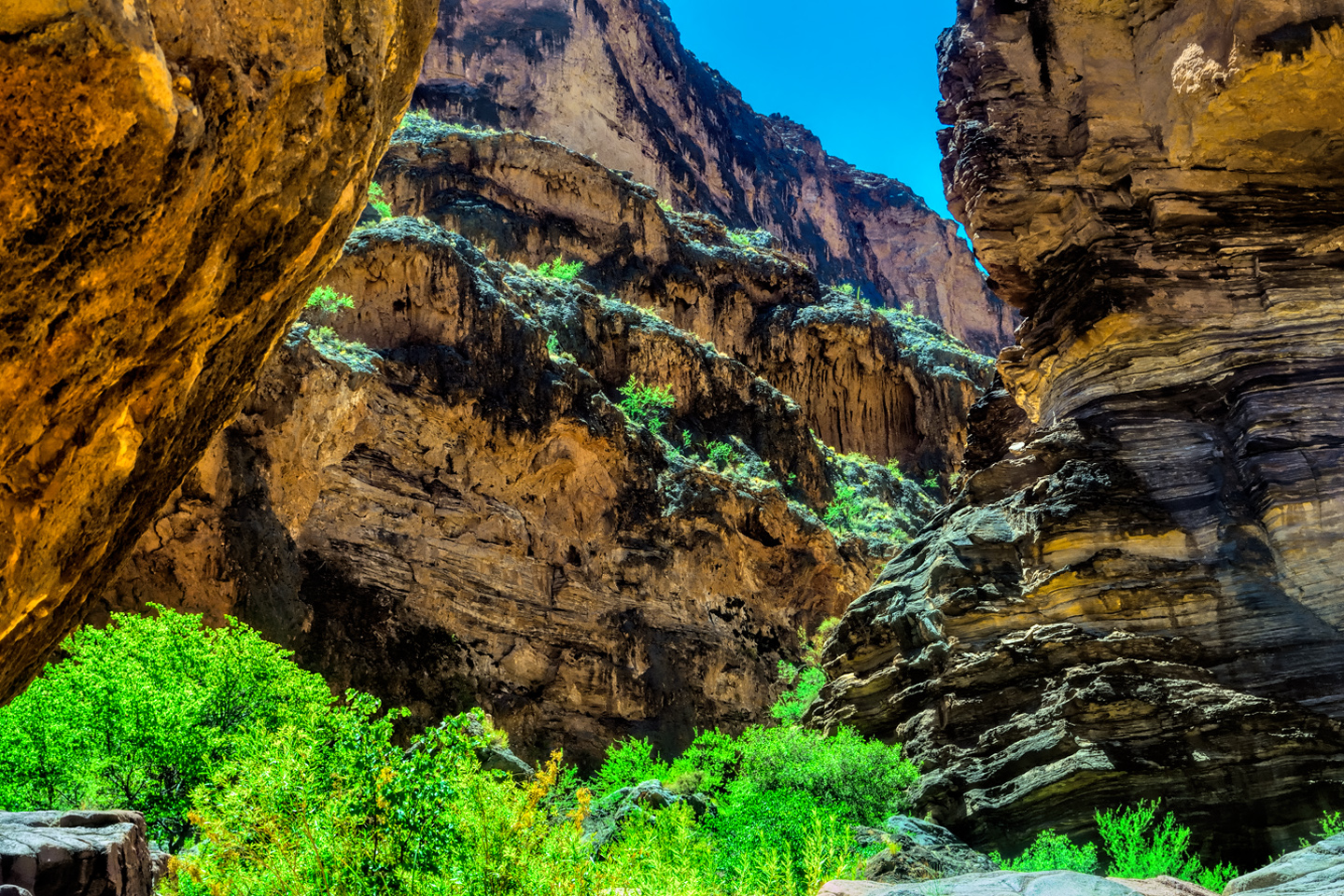
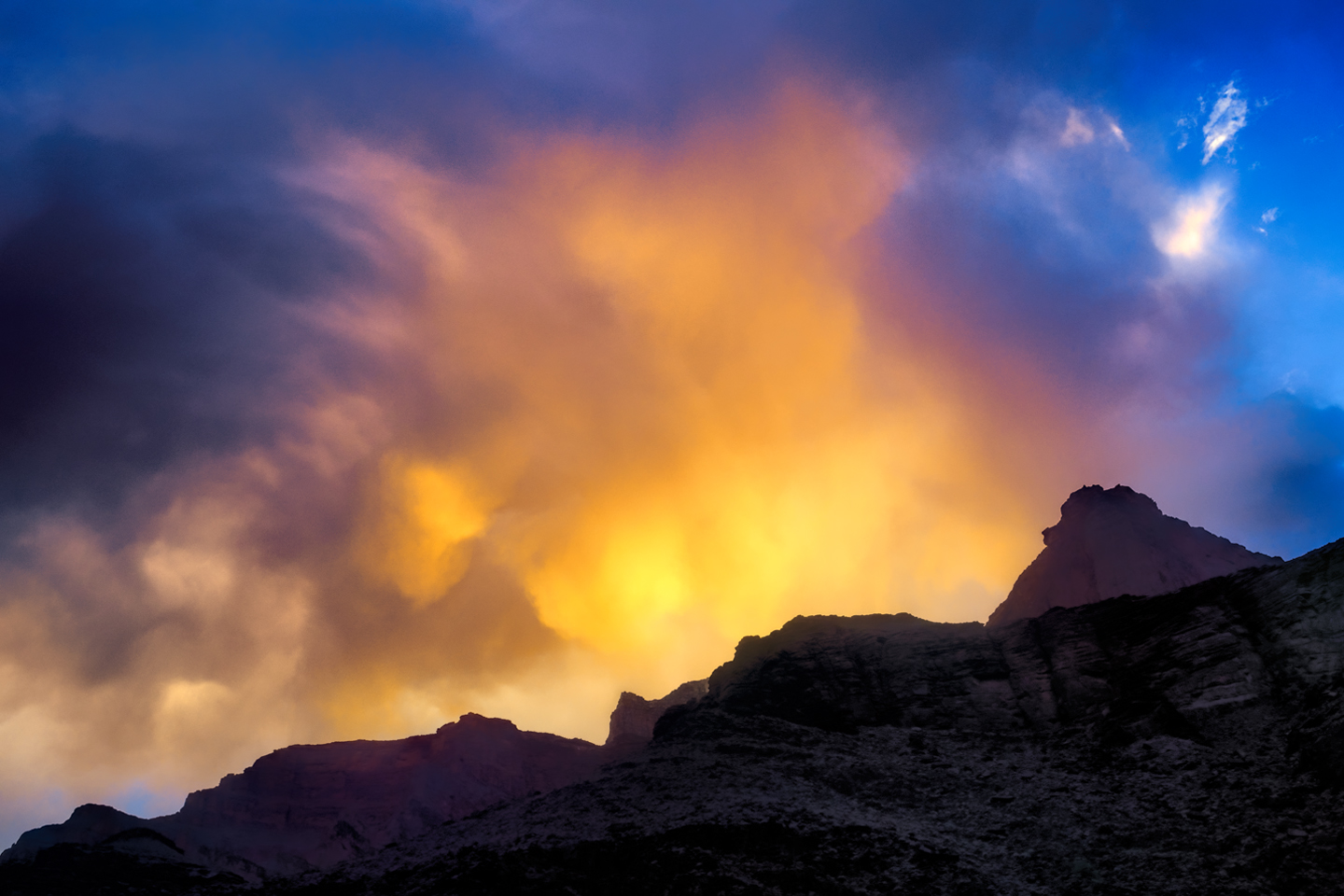
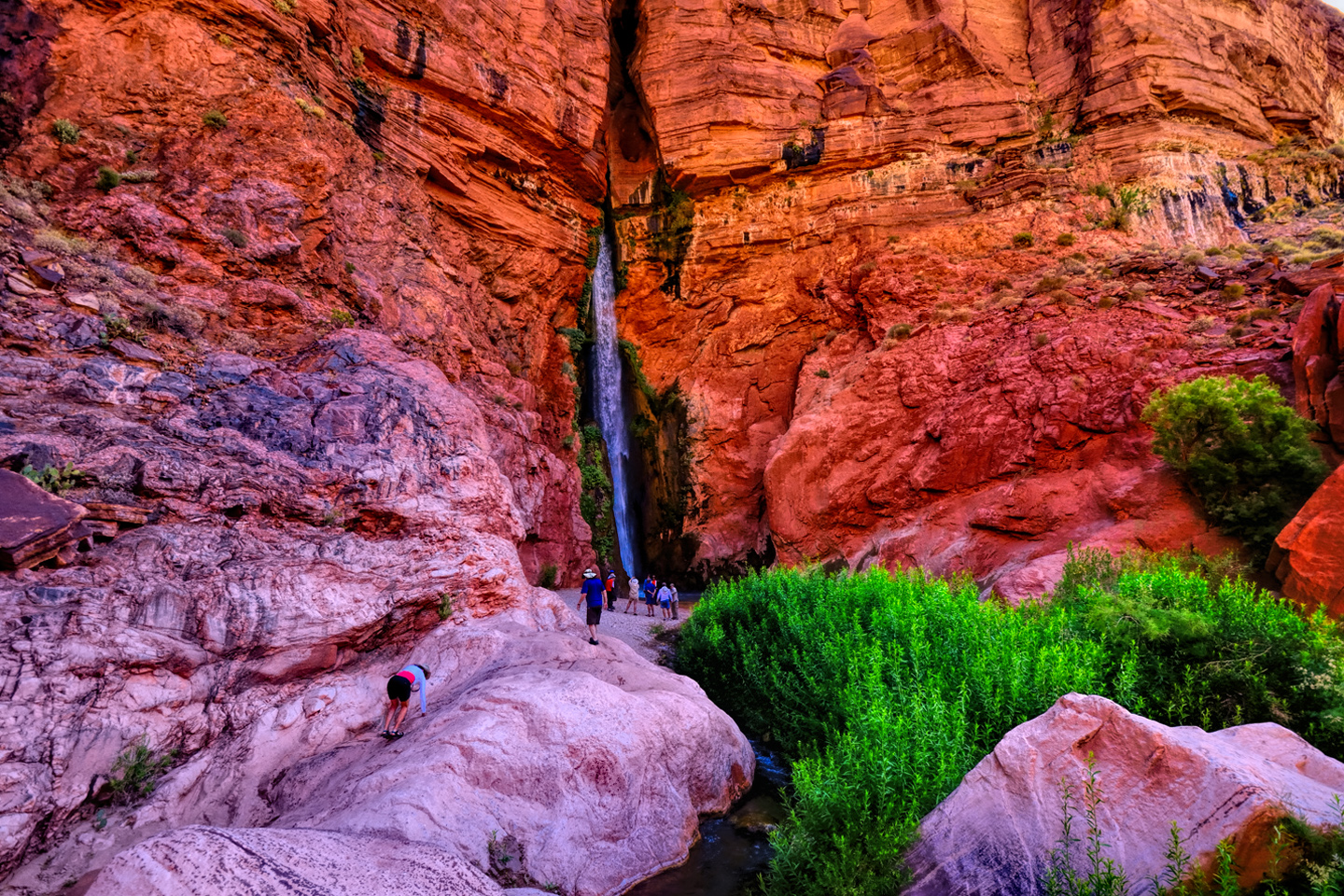
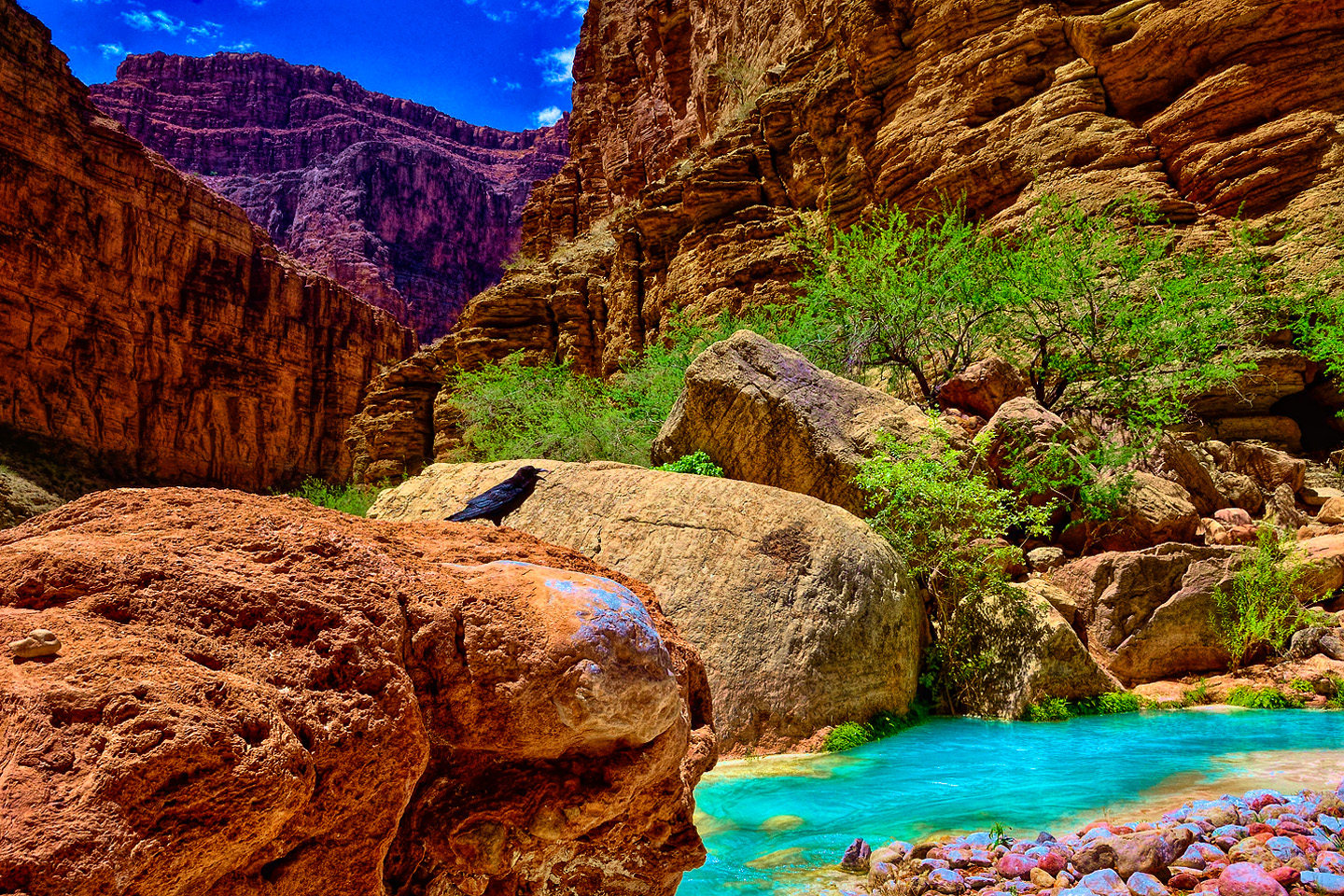
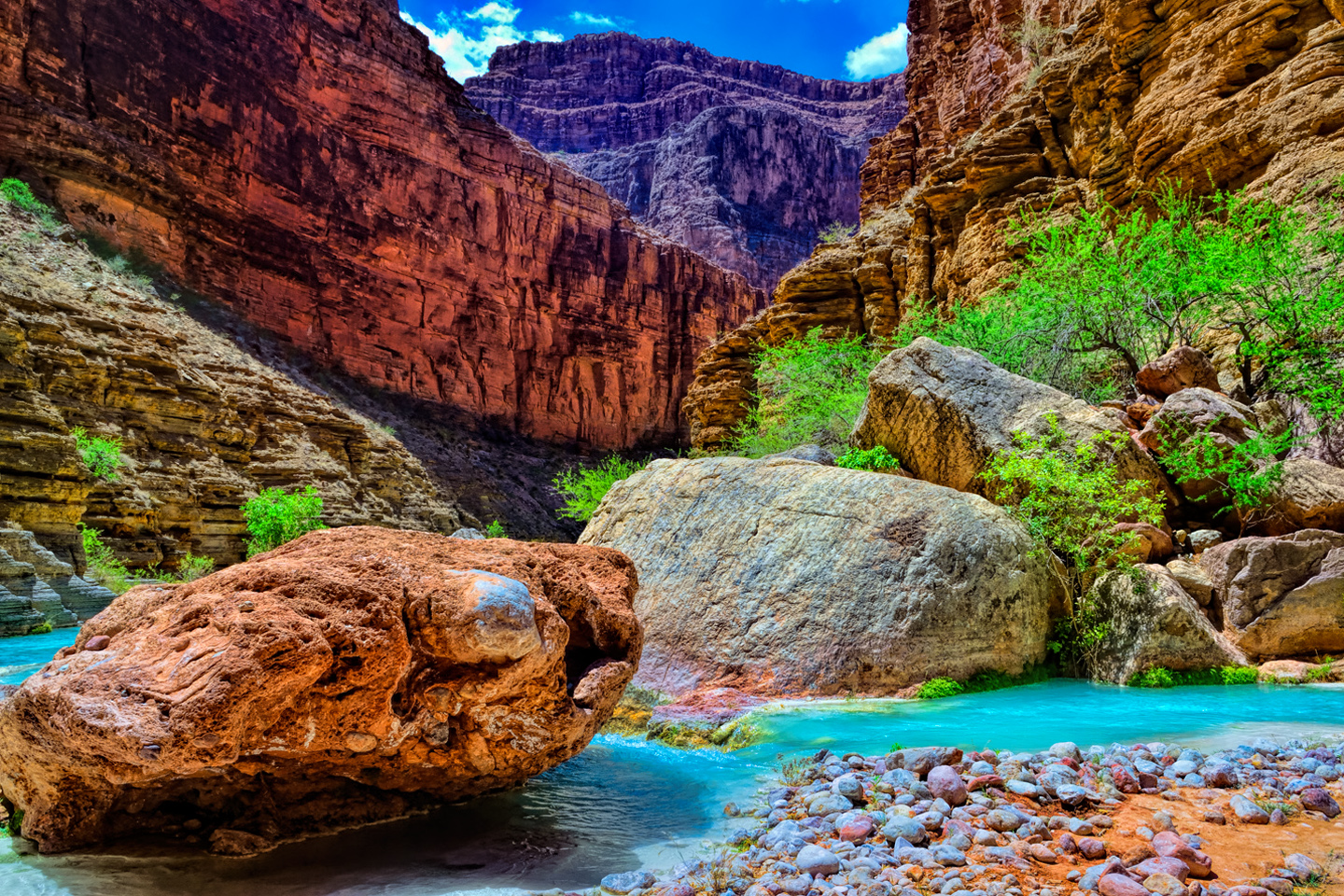
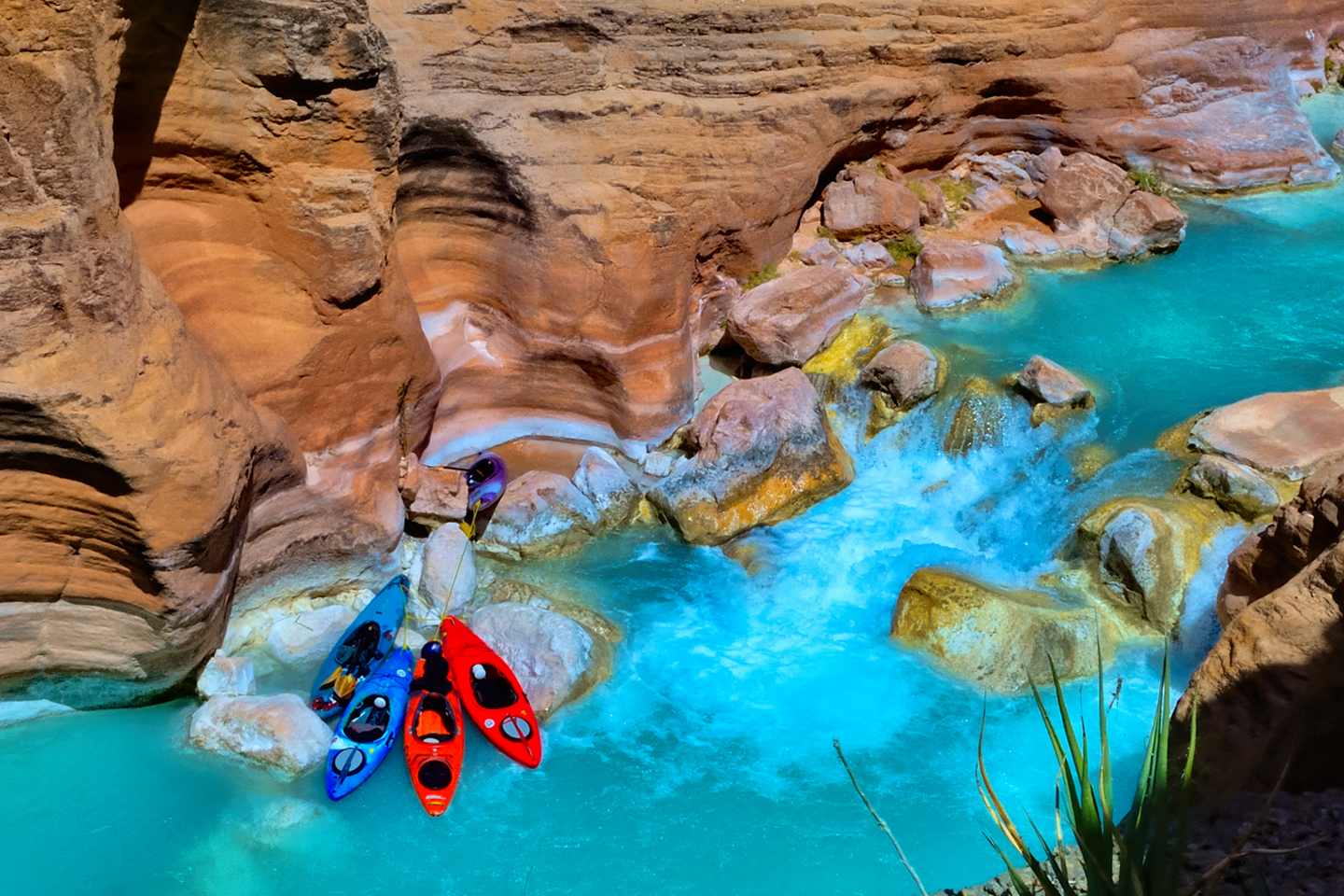
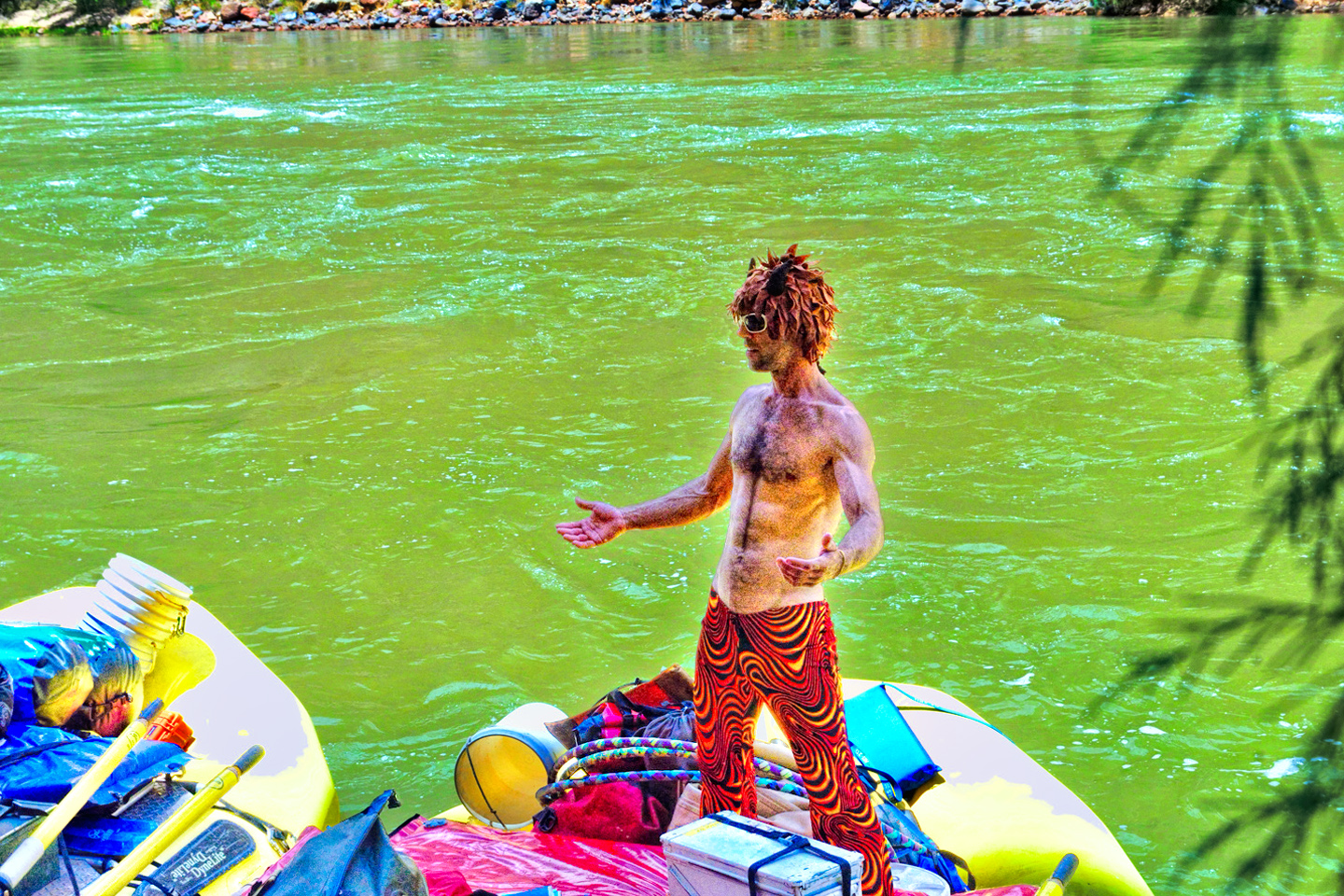
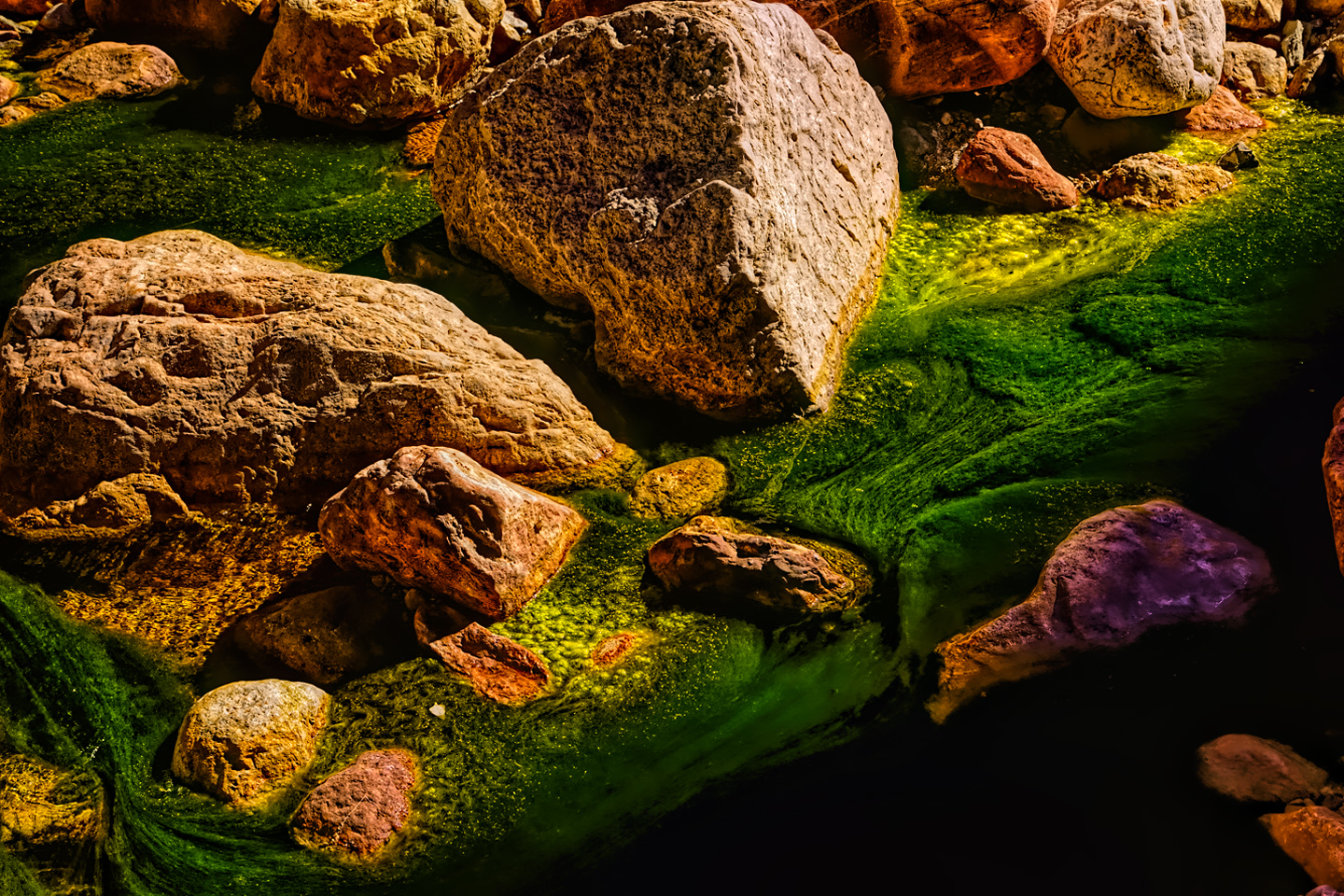
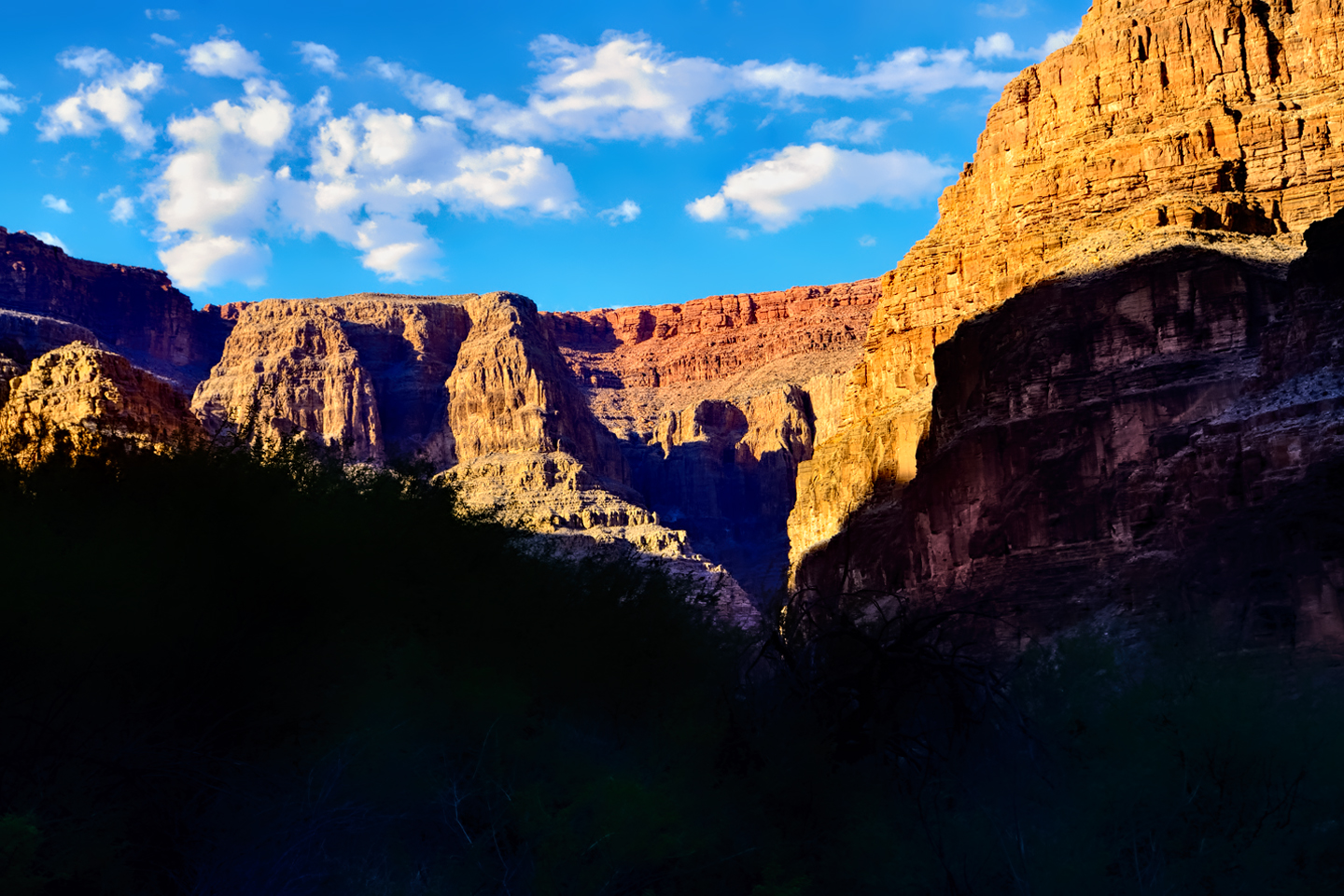
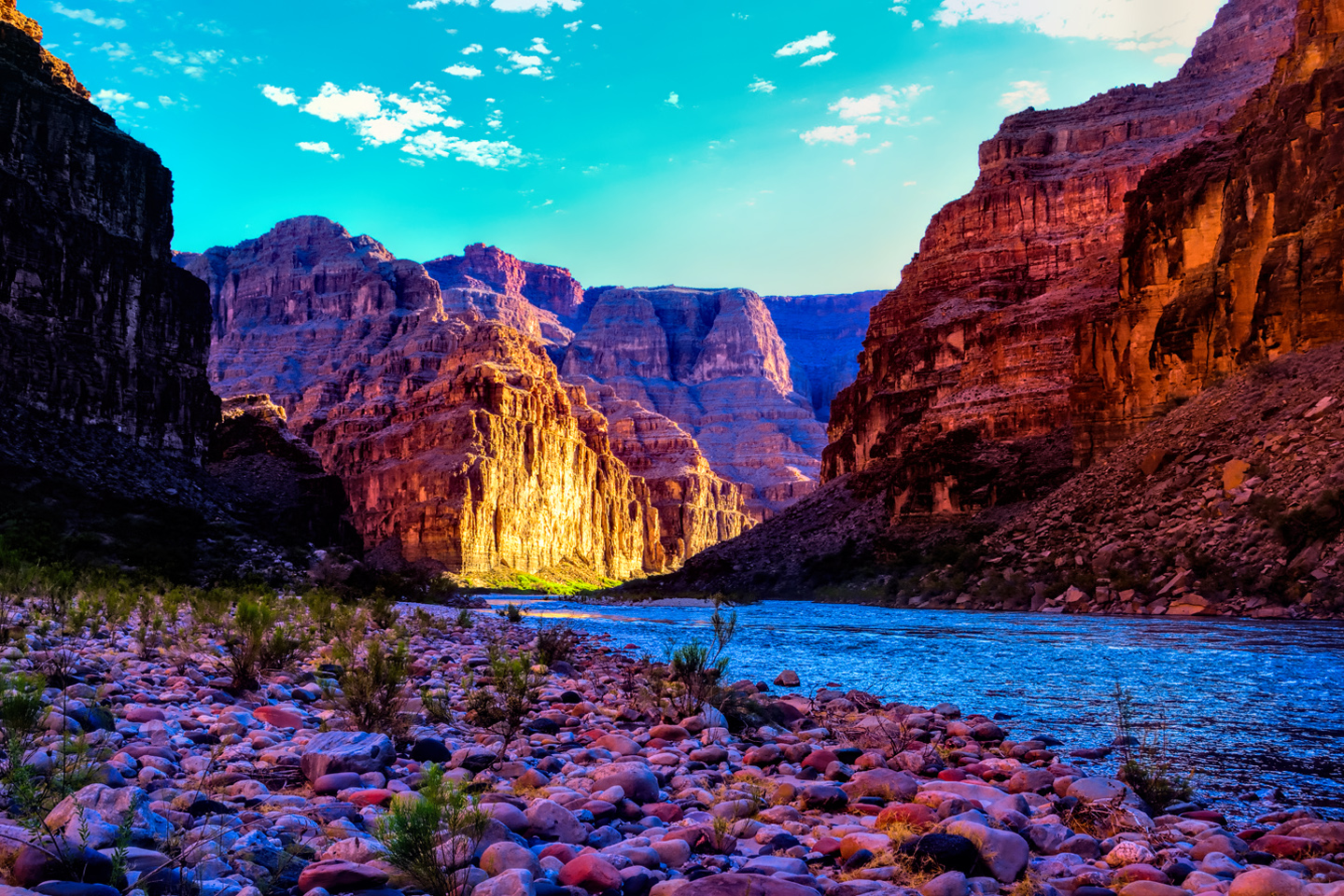
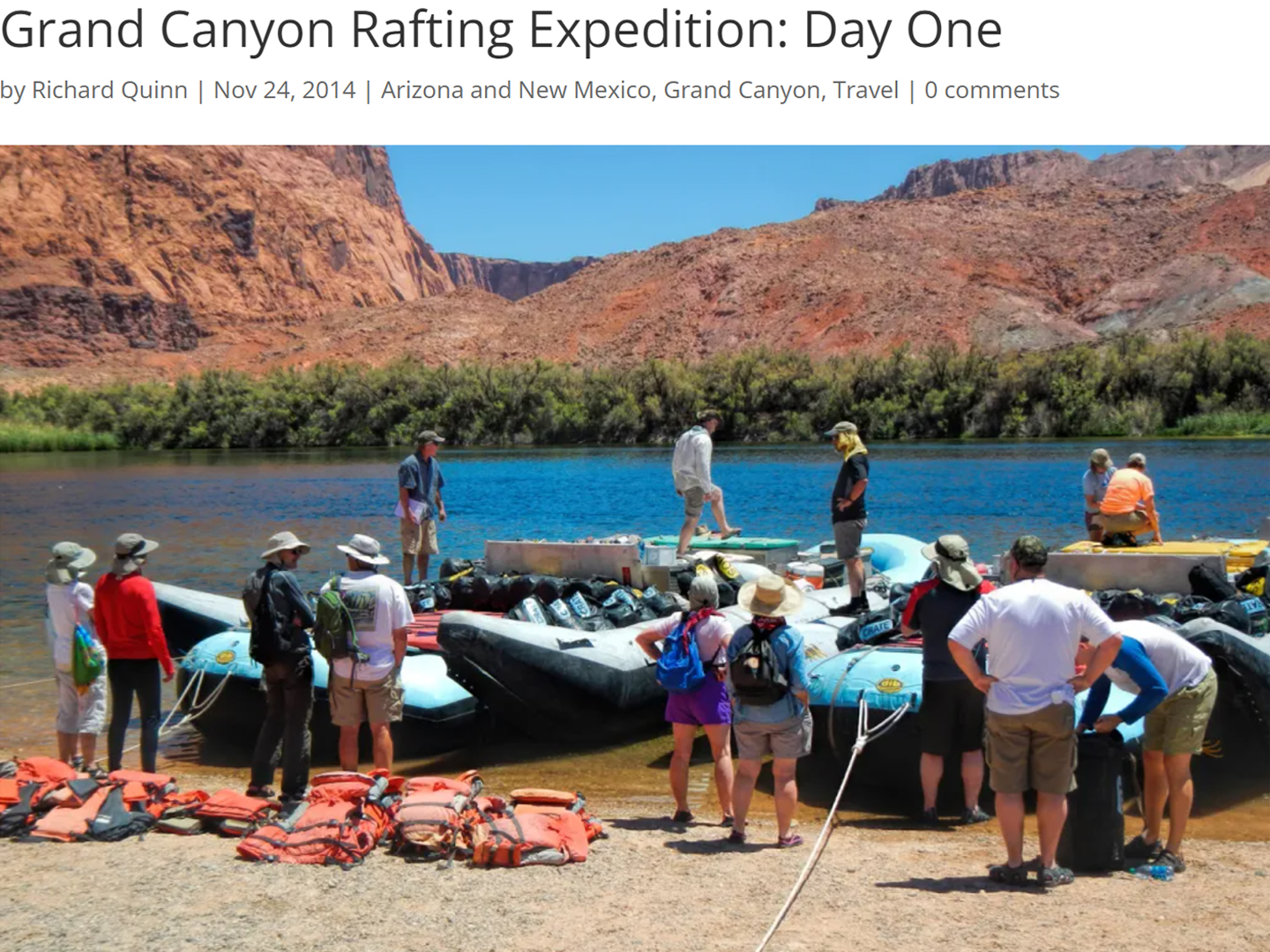
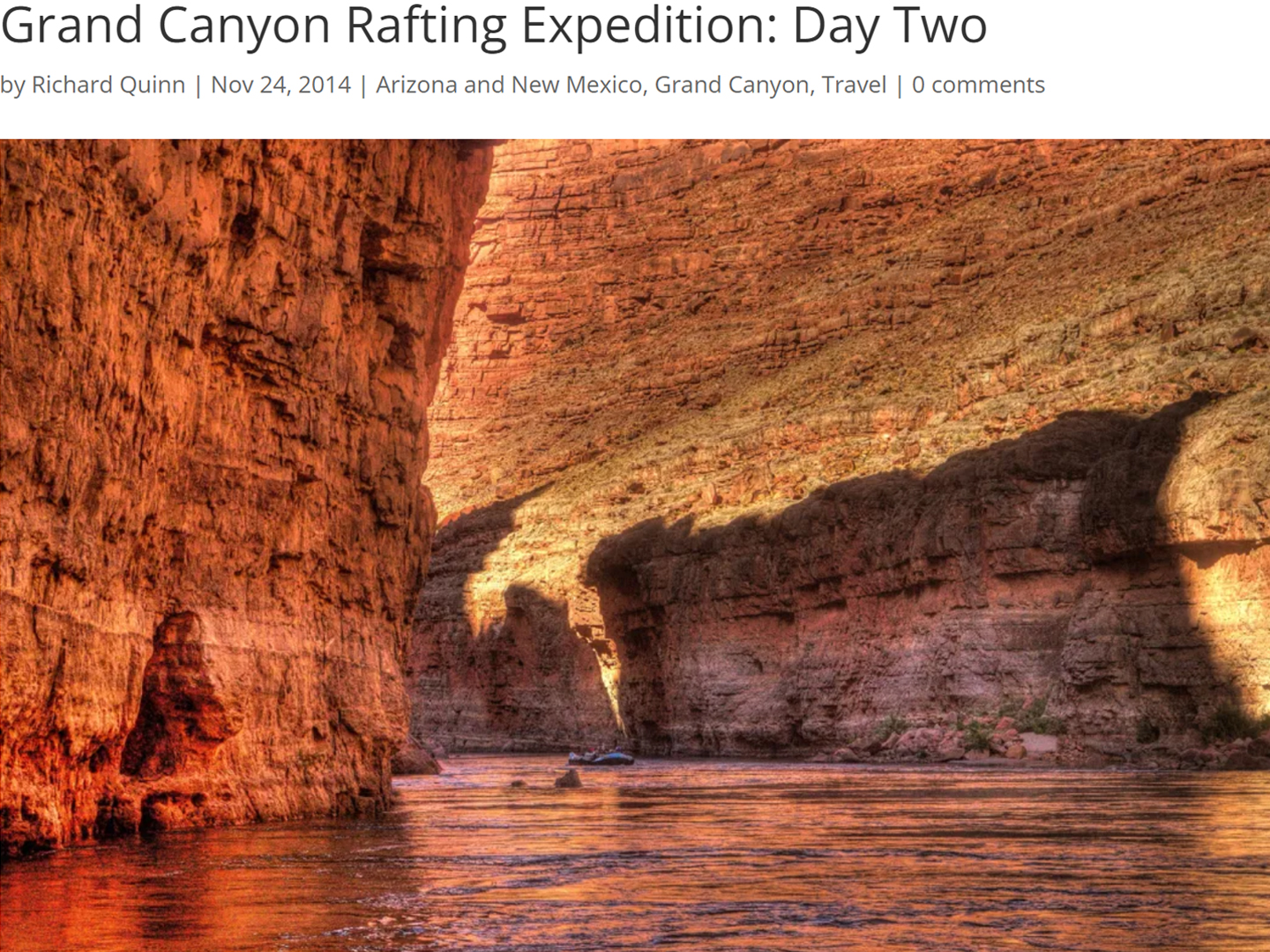
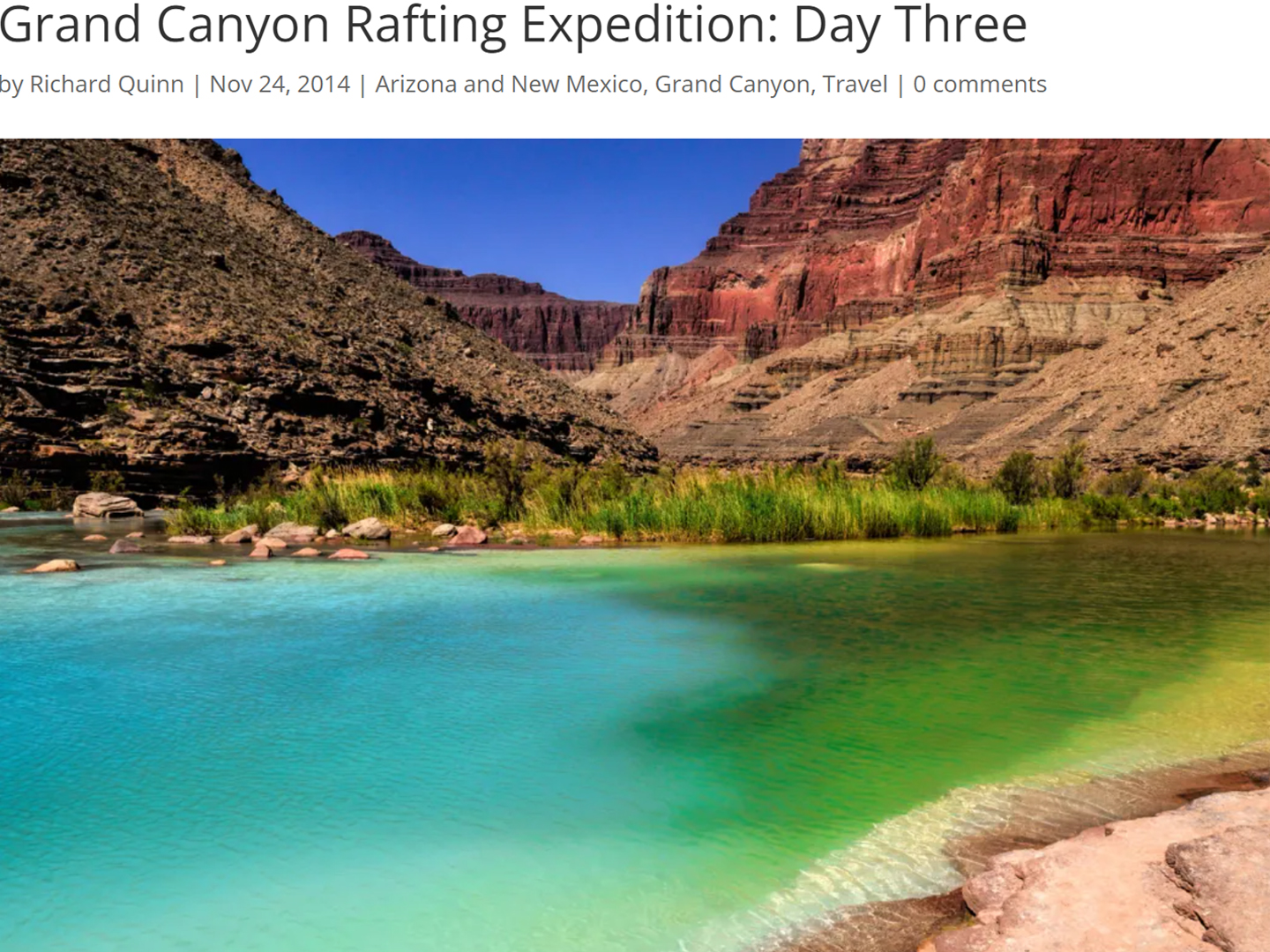
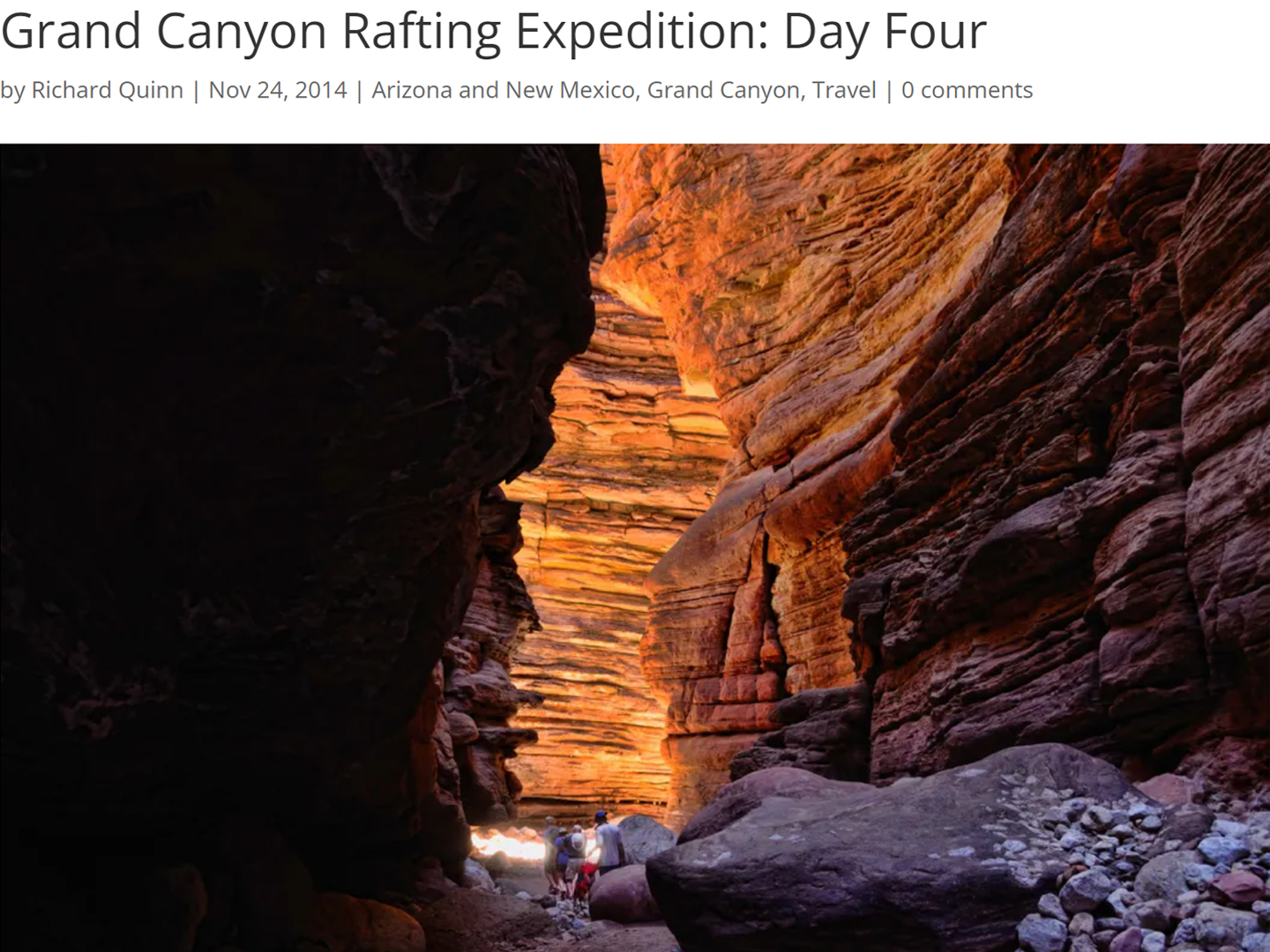
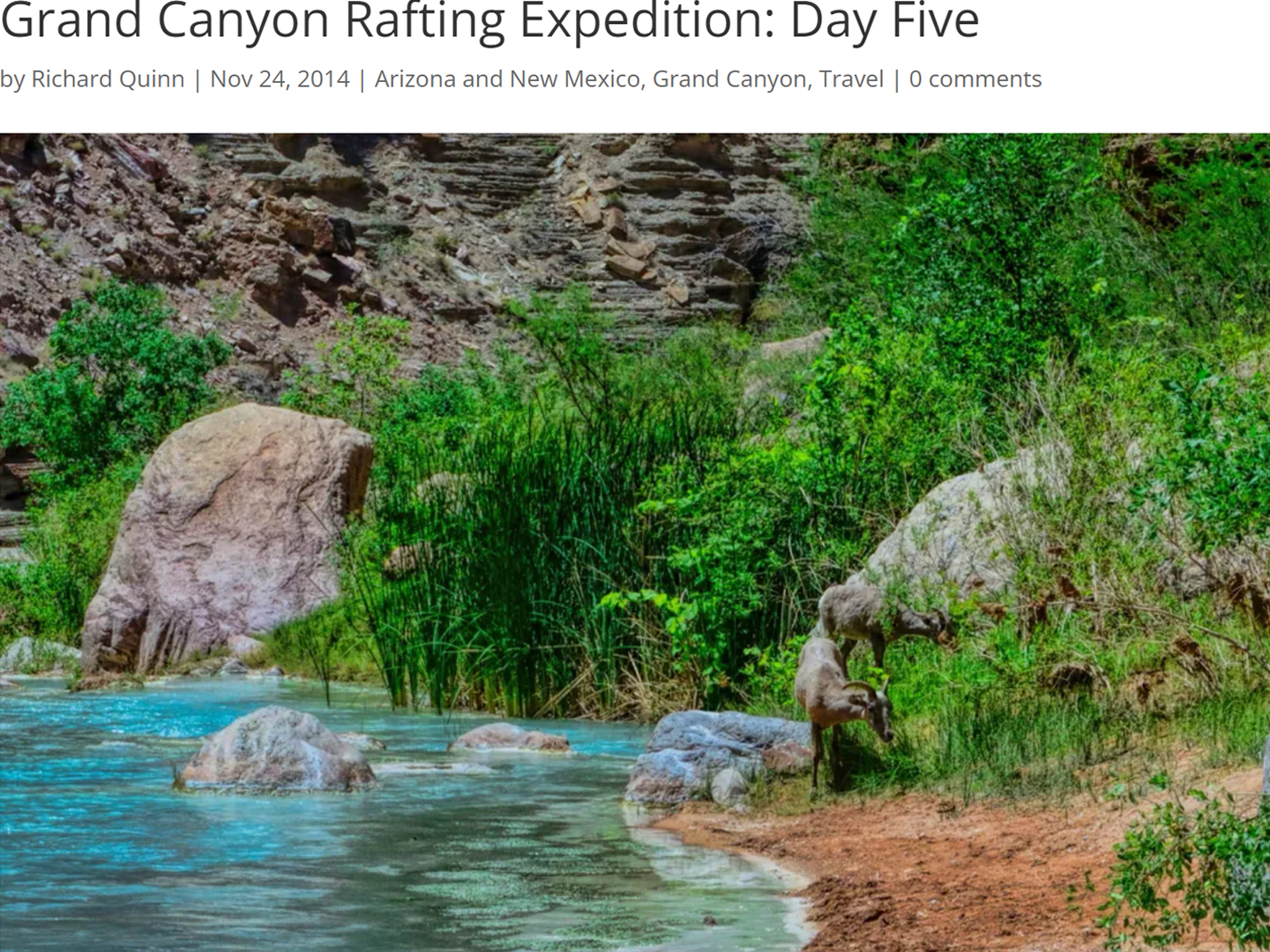
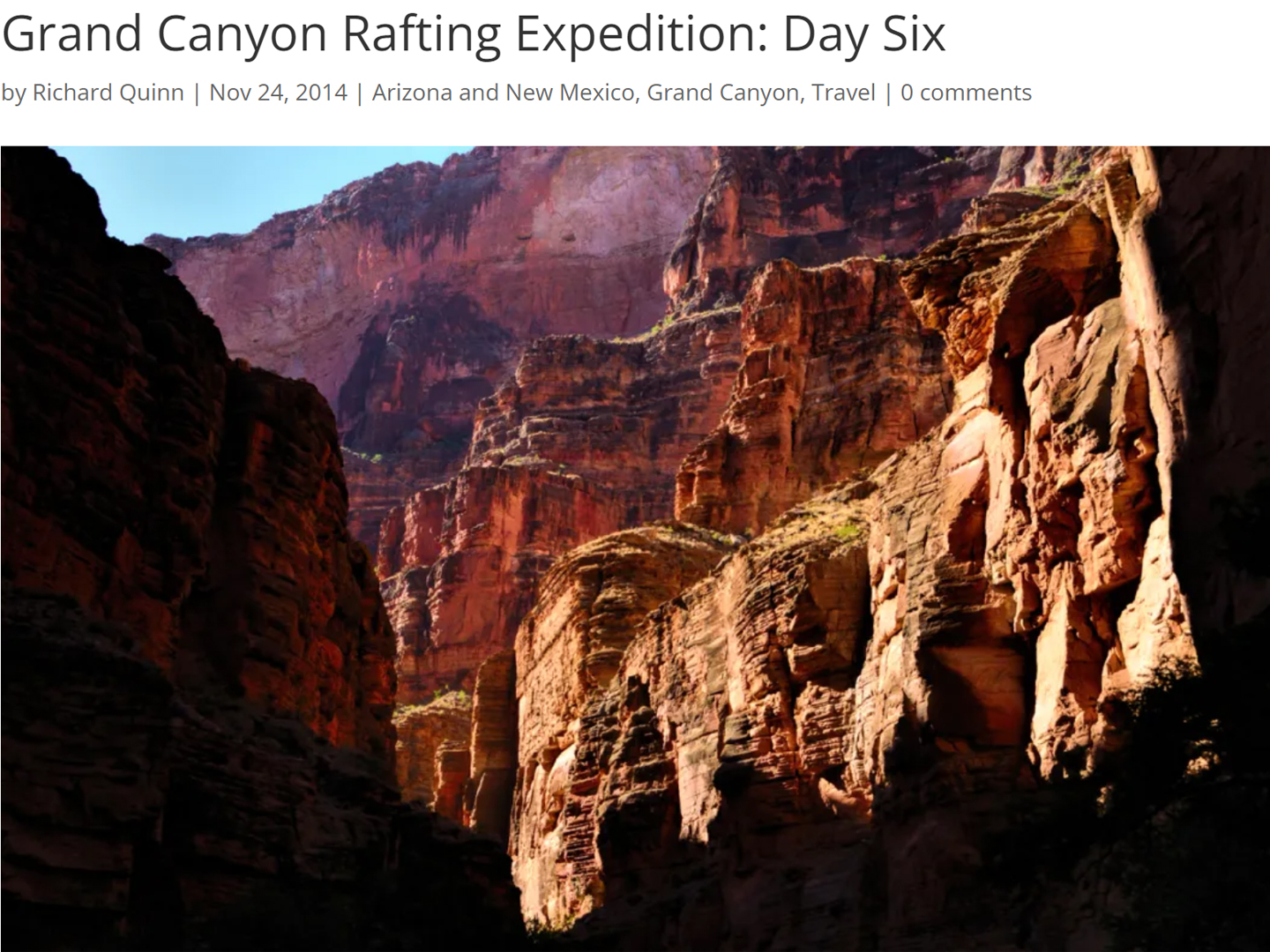
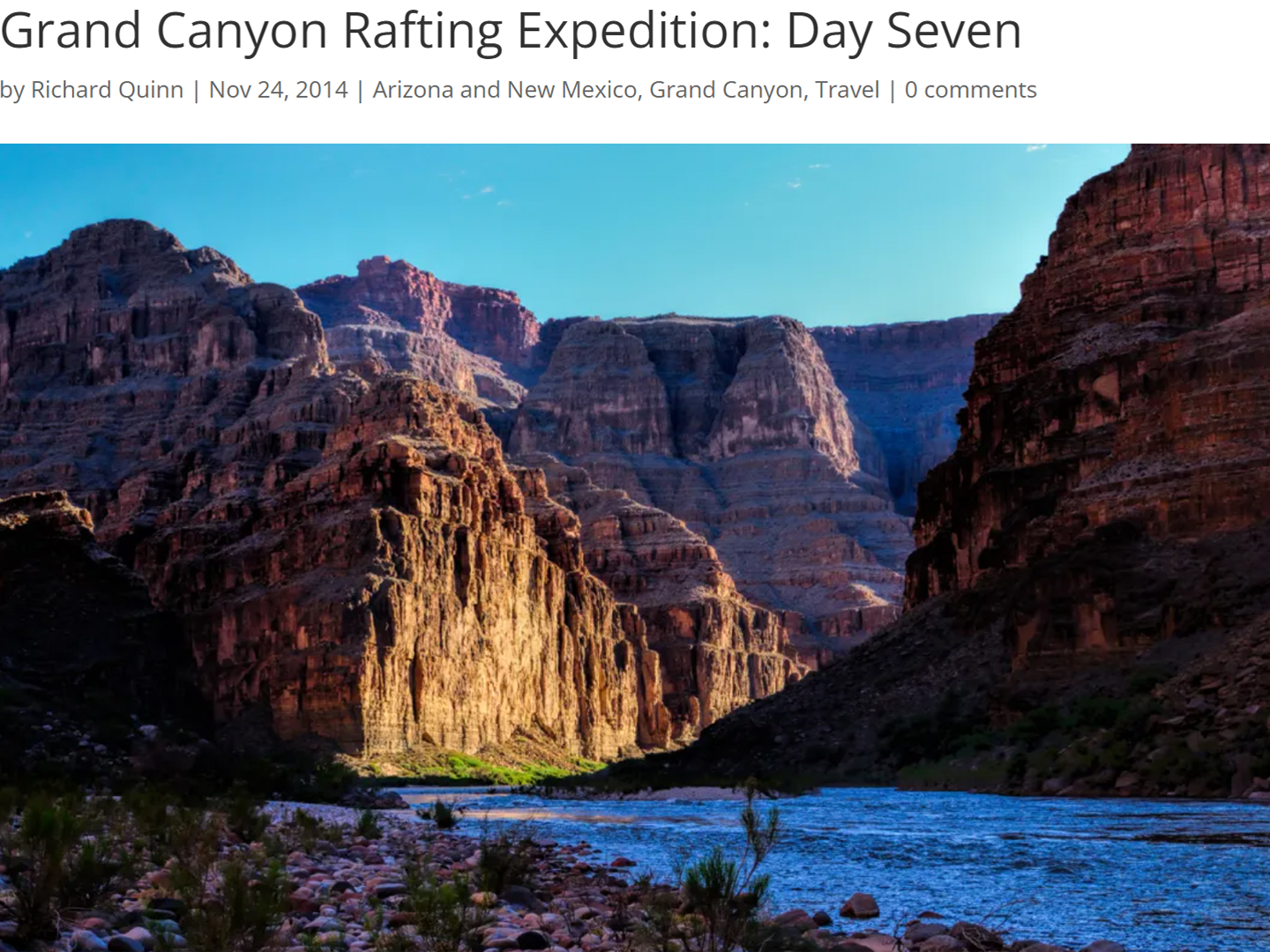
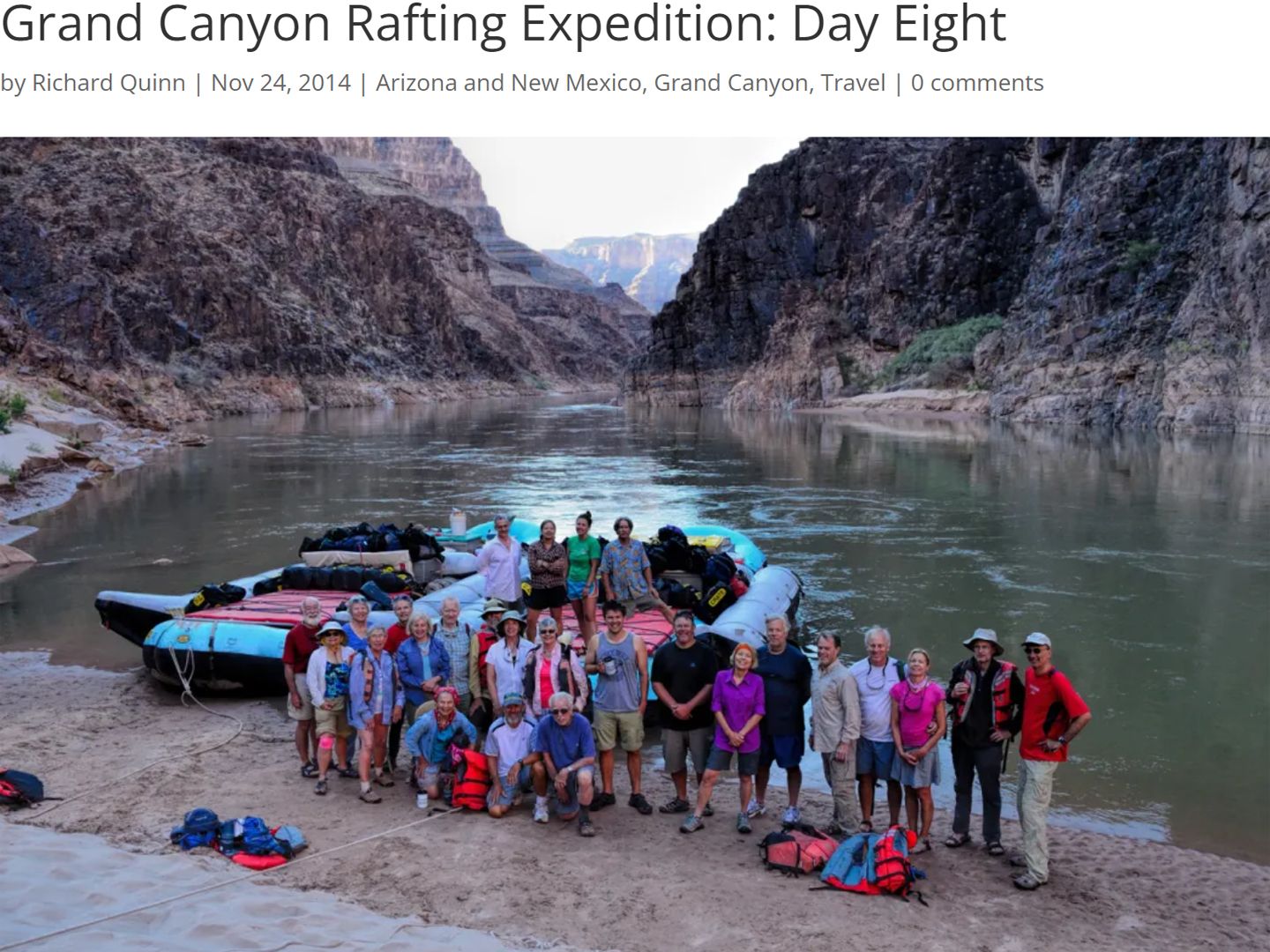
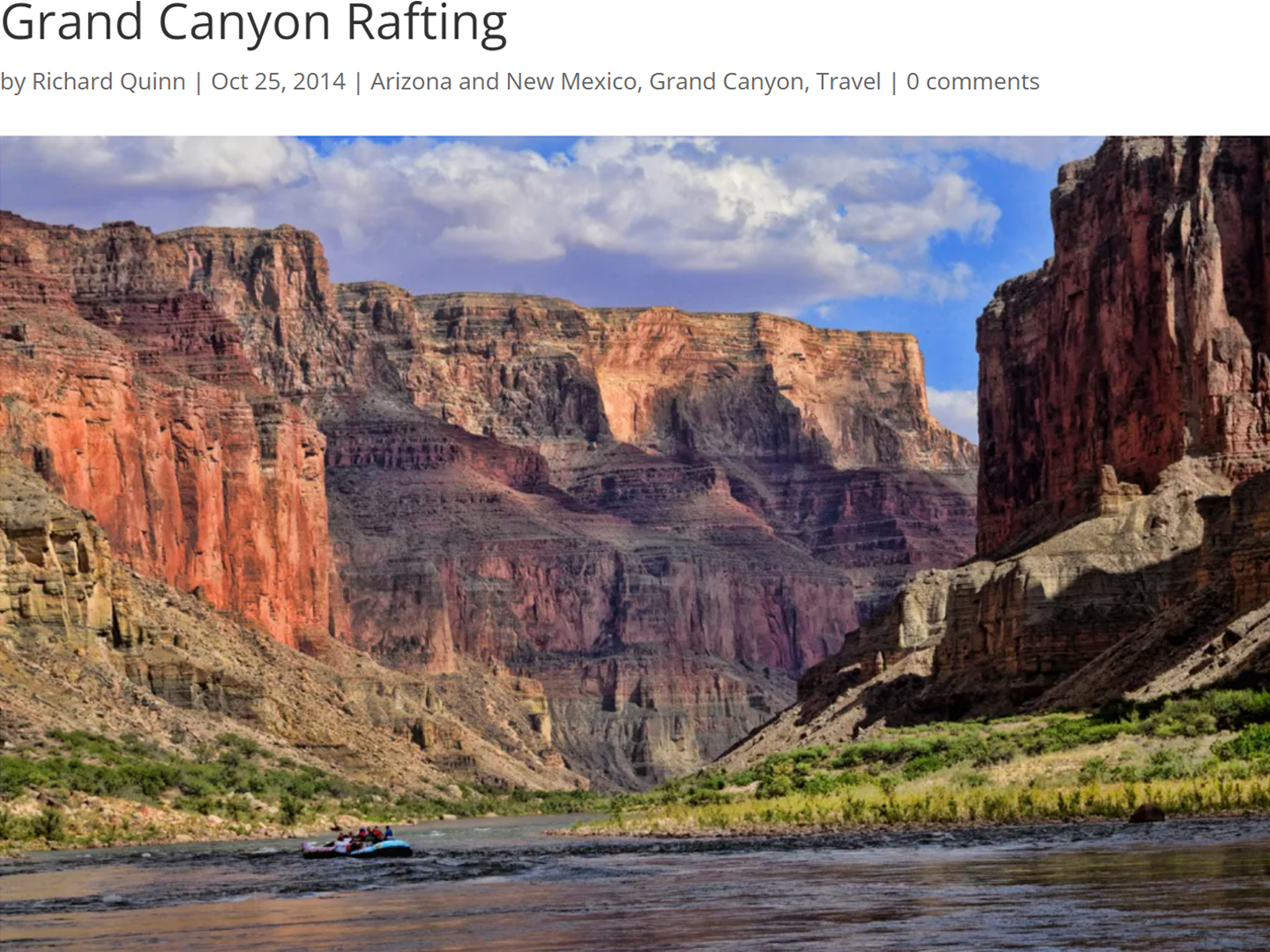

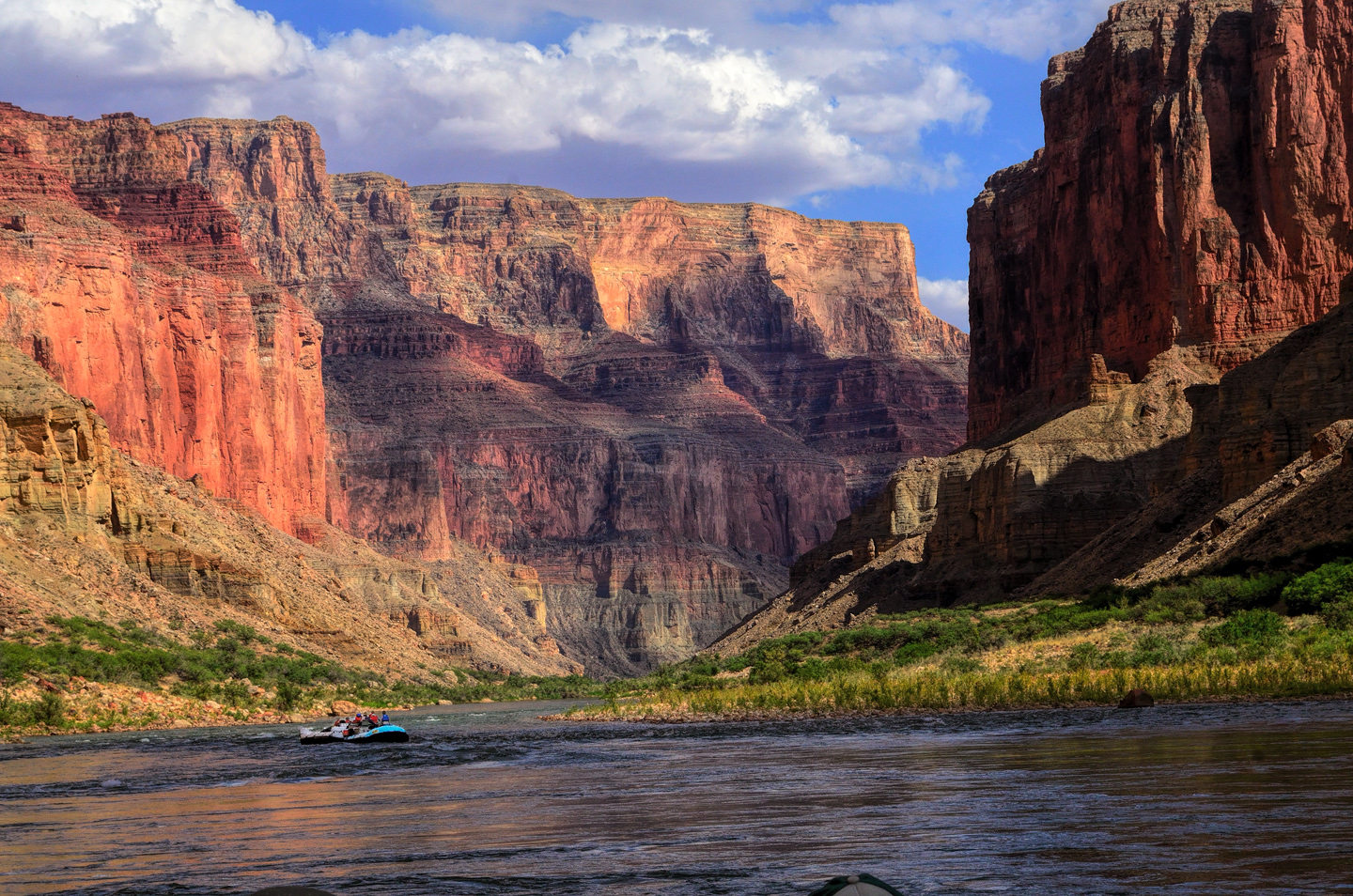
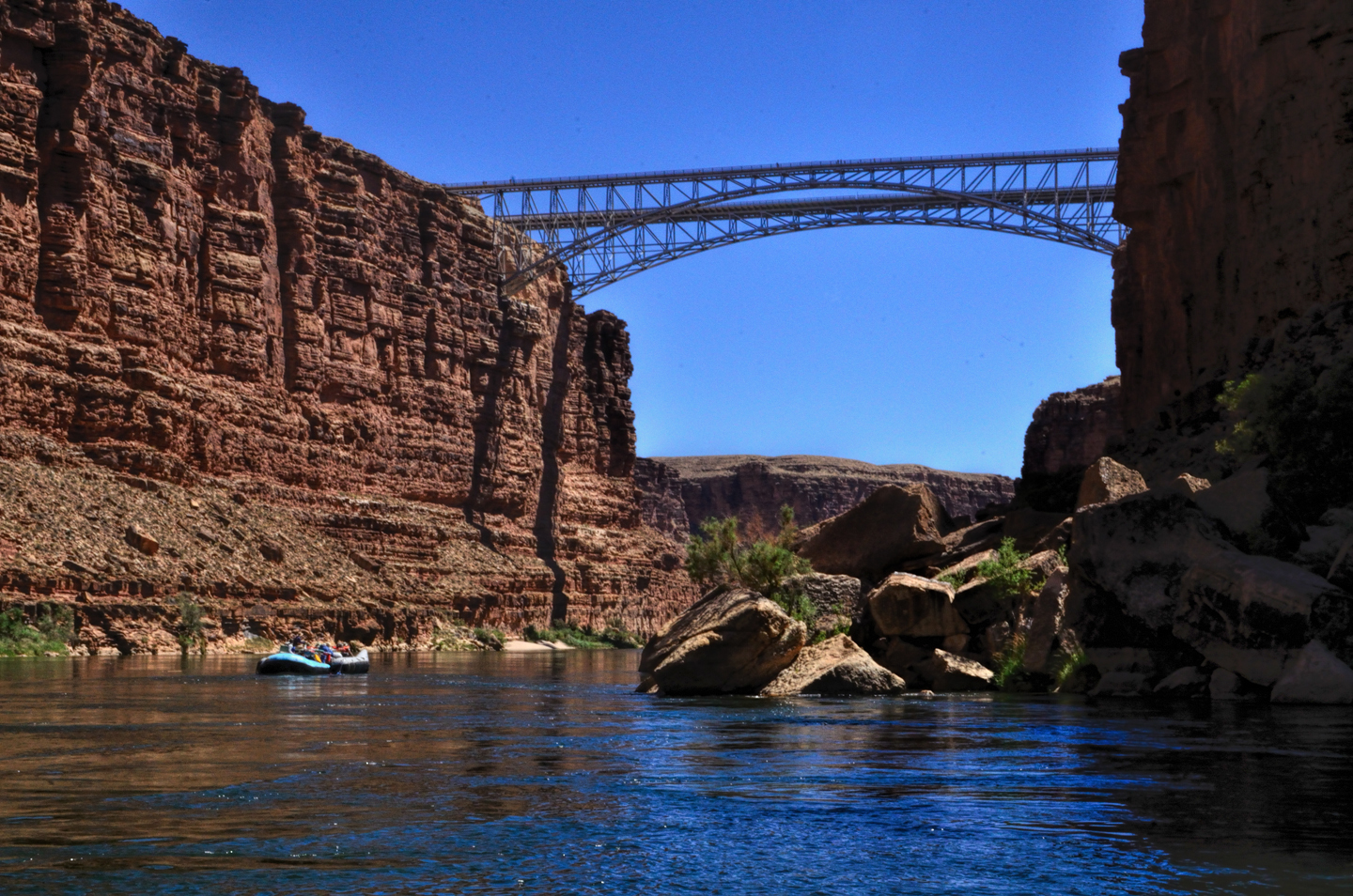
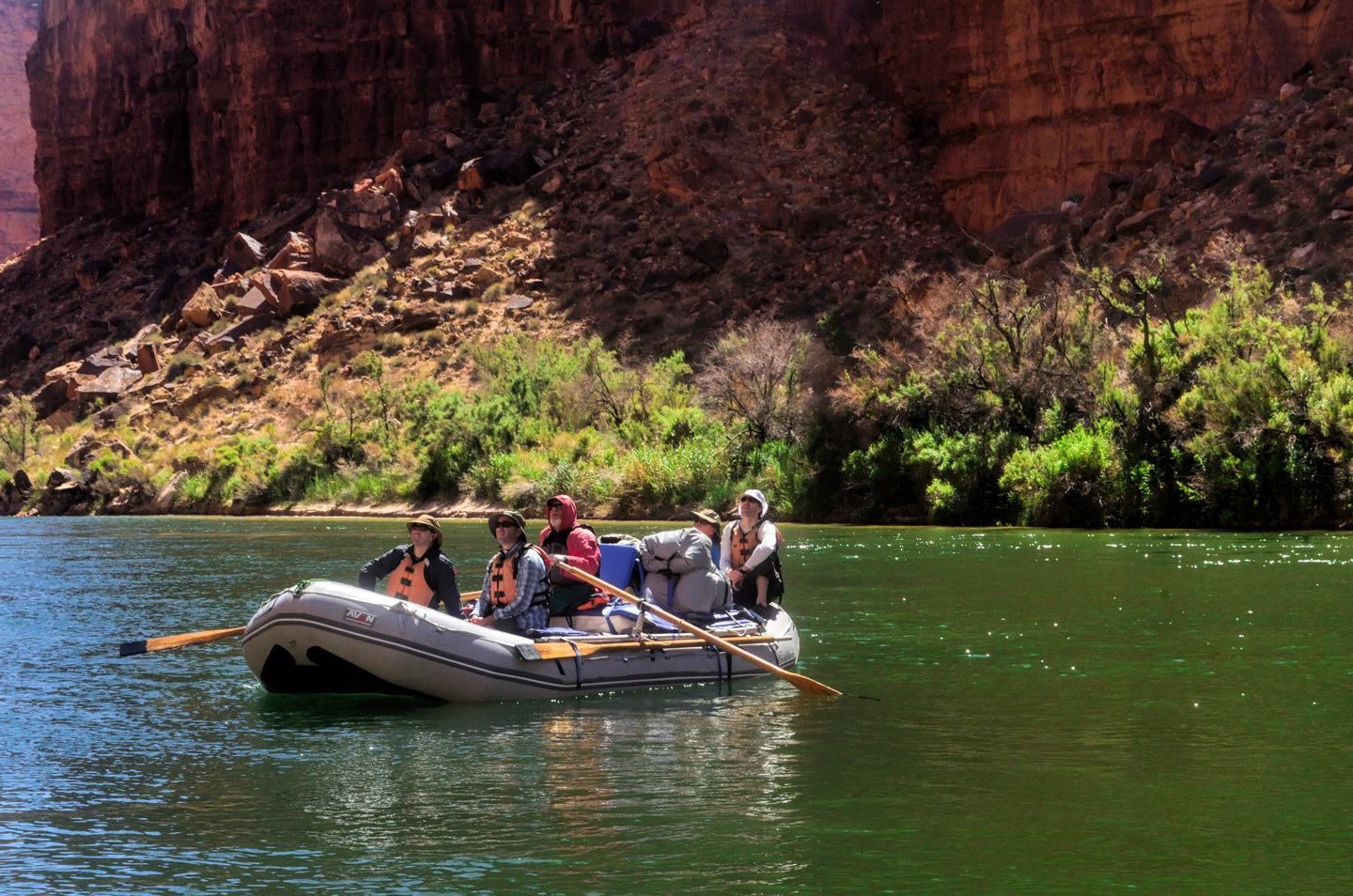
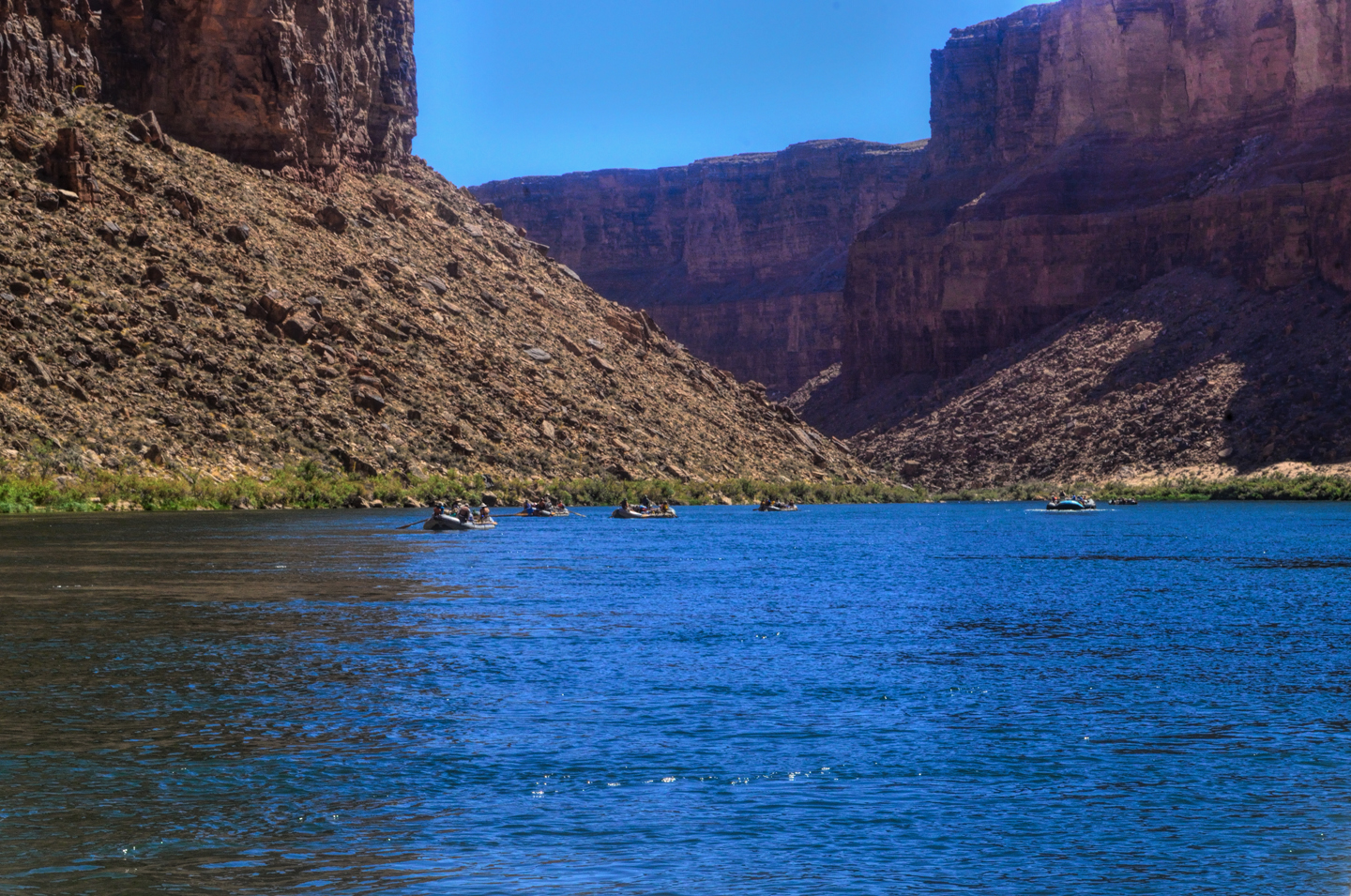
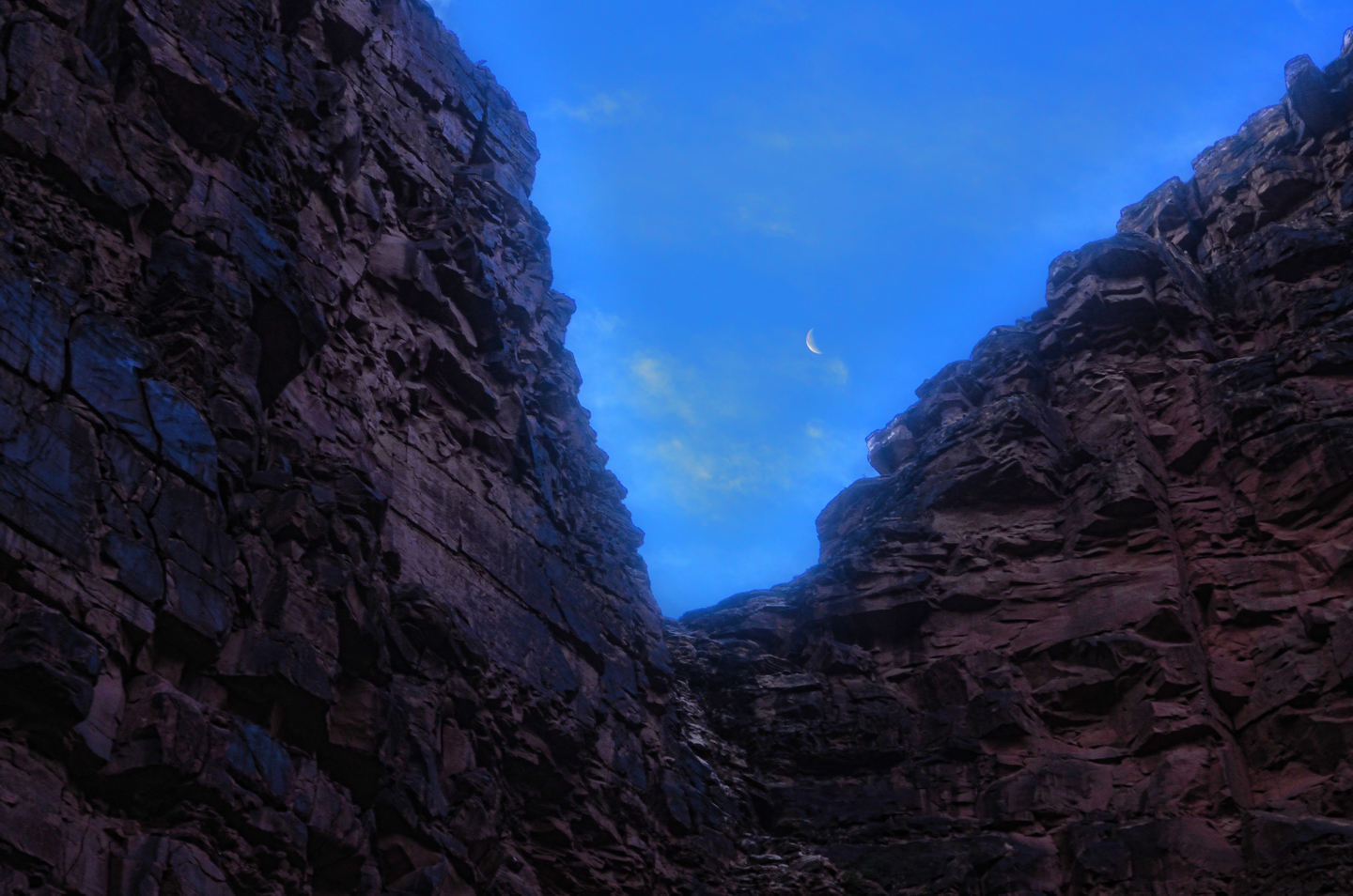



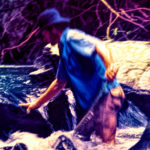
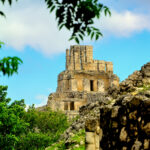
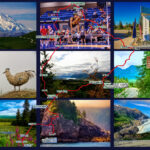
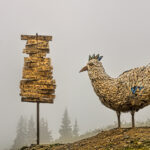
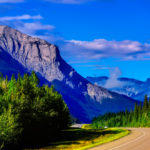
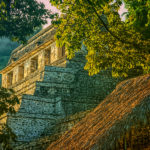
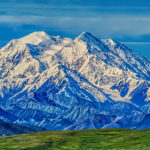
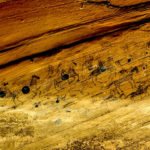
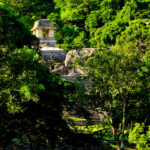
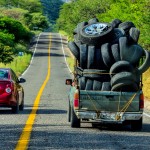
Recent Comments